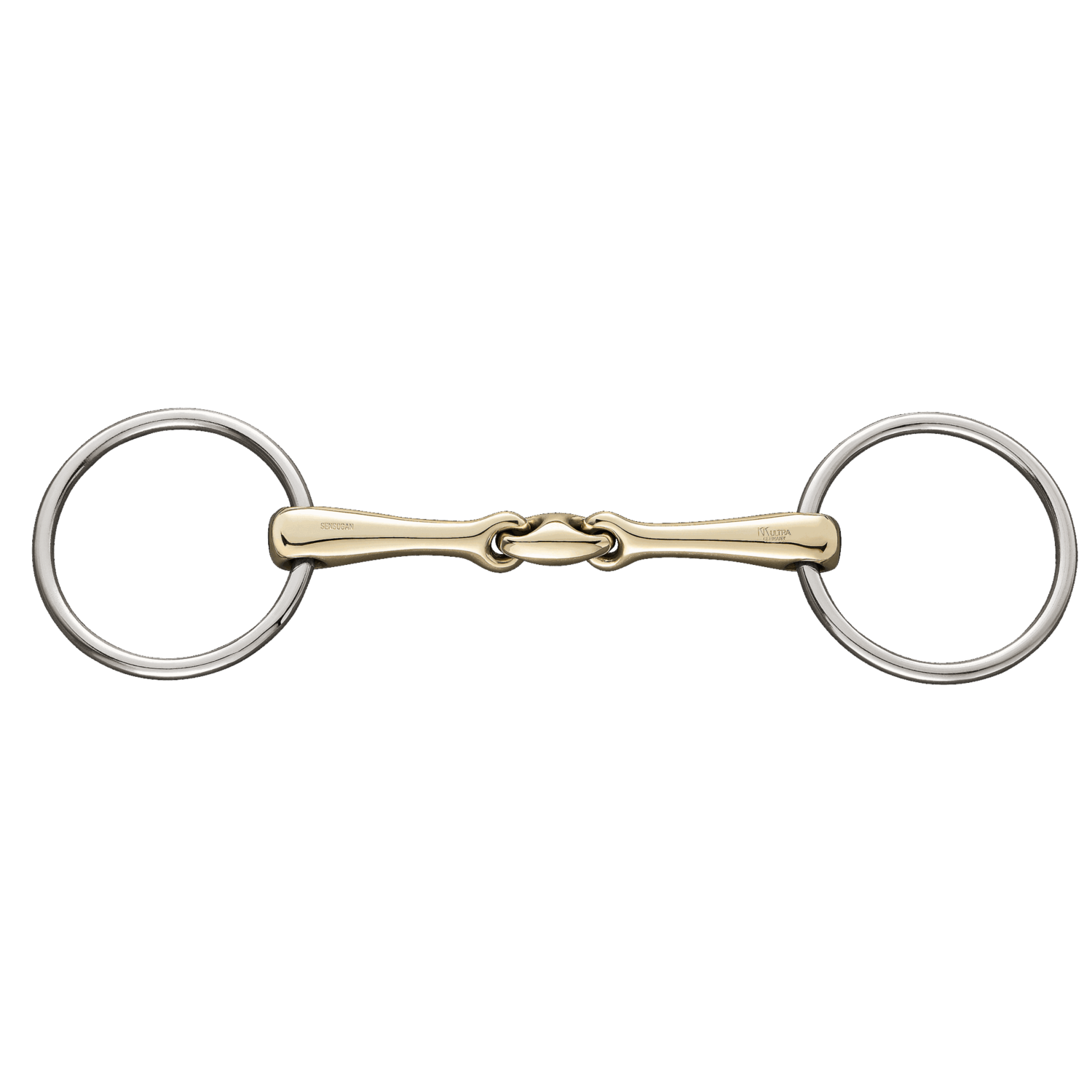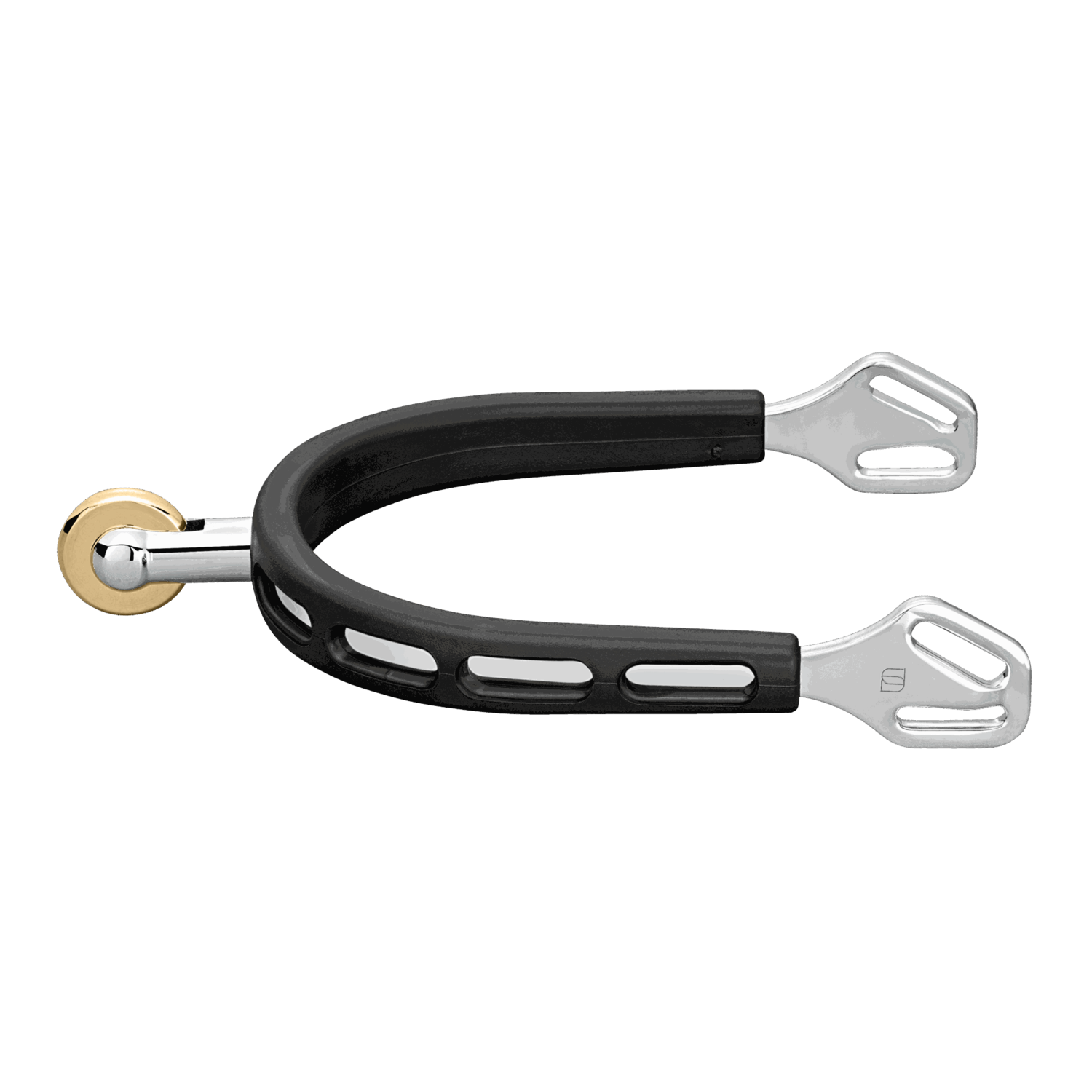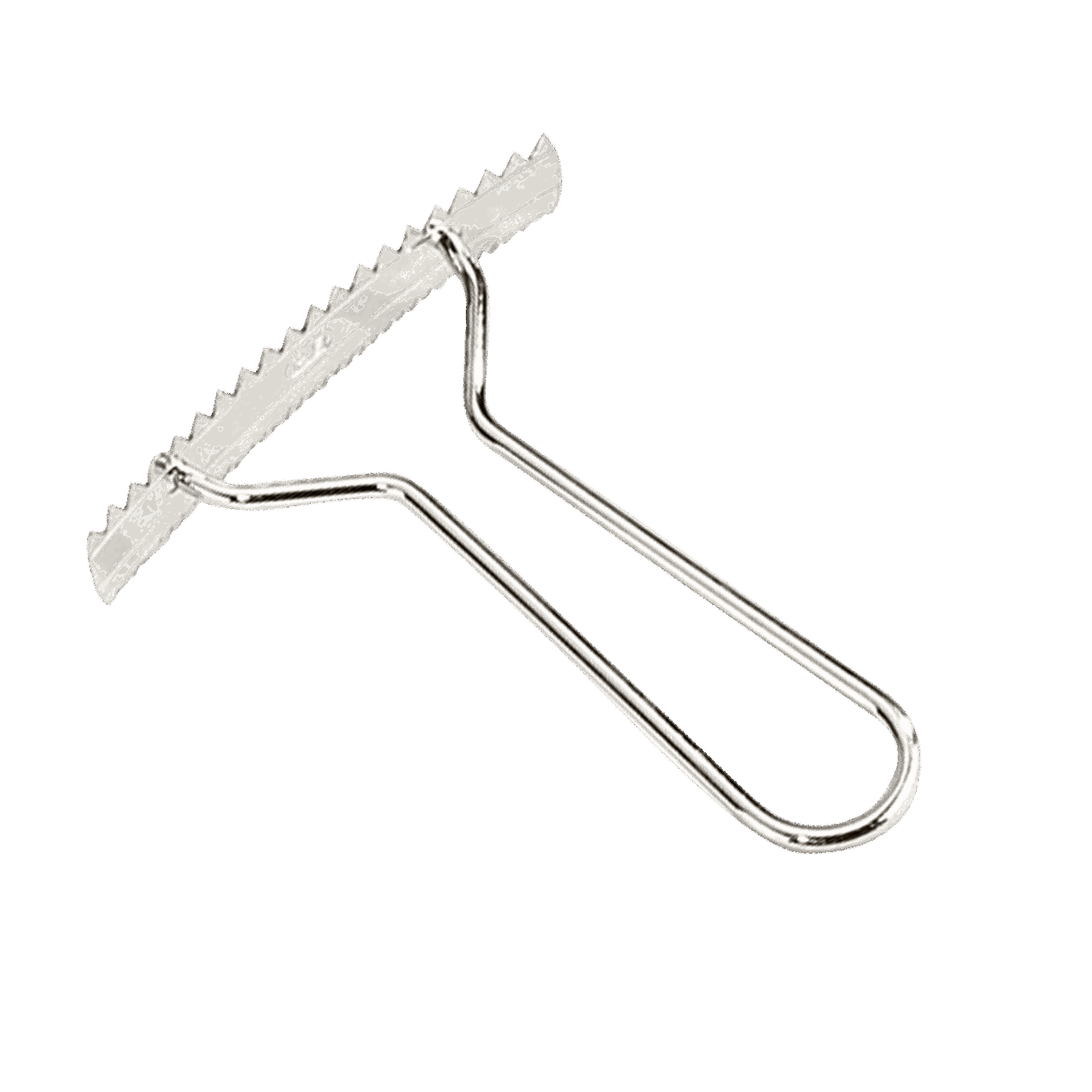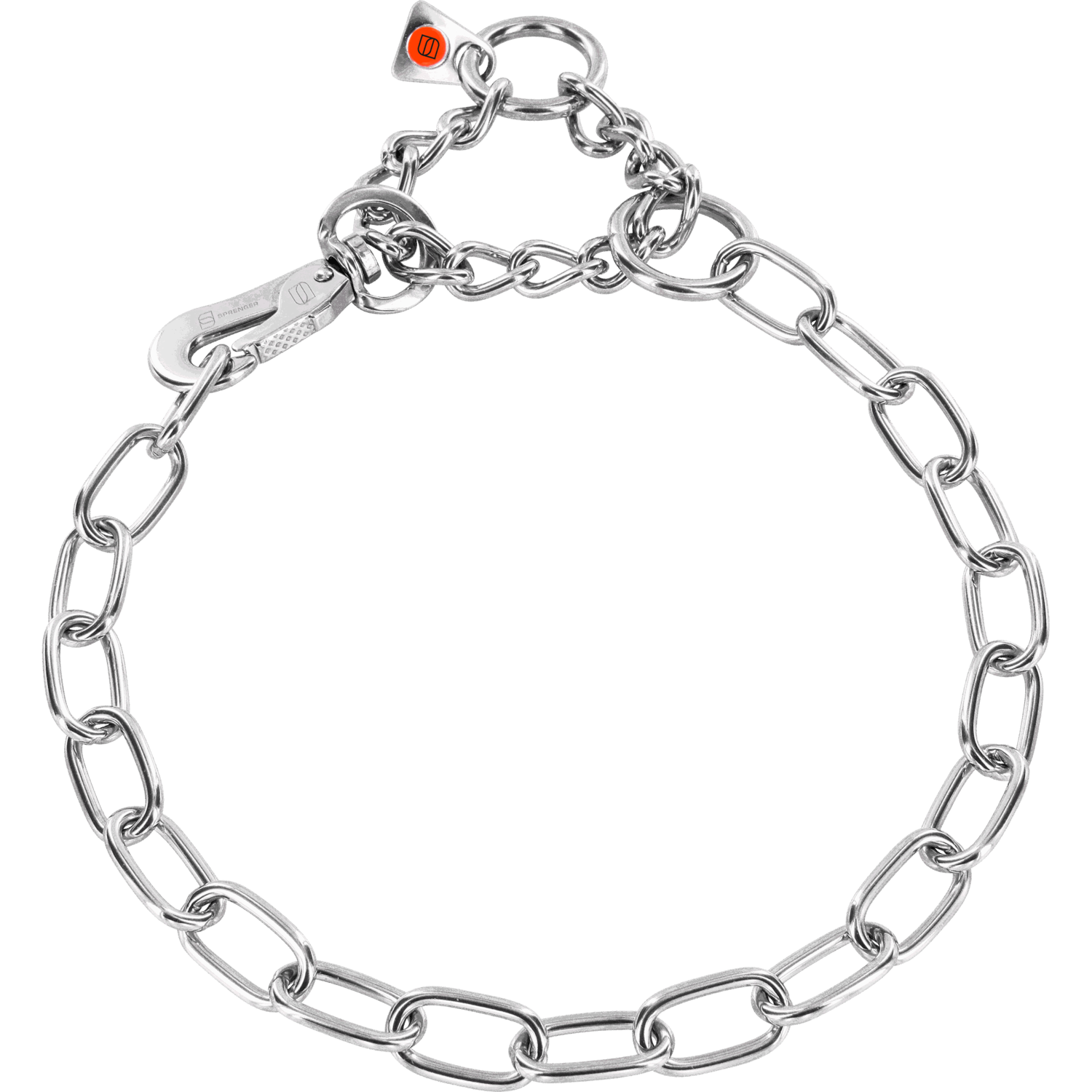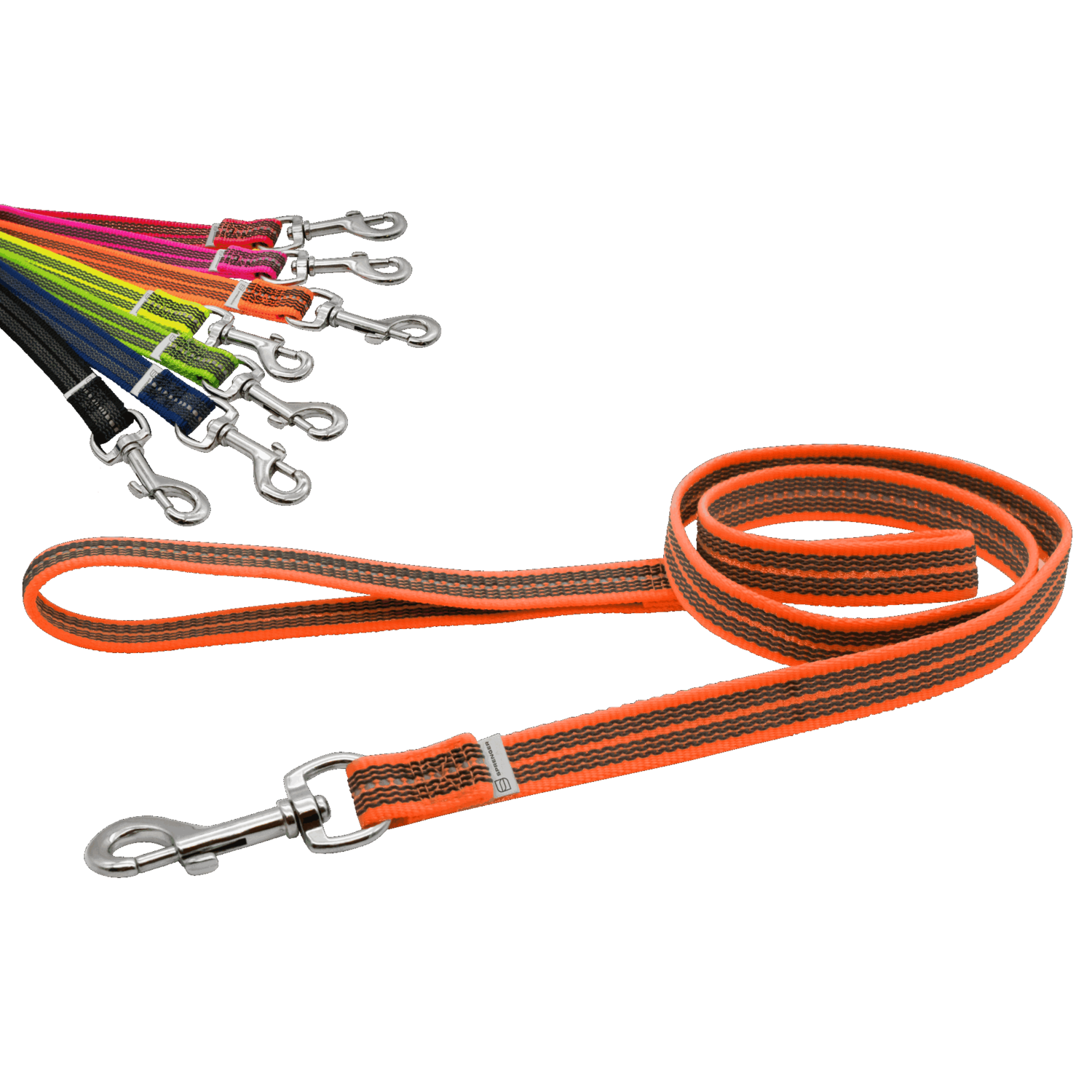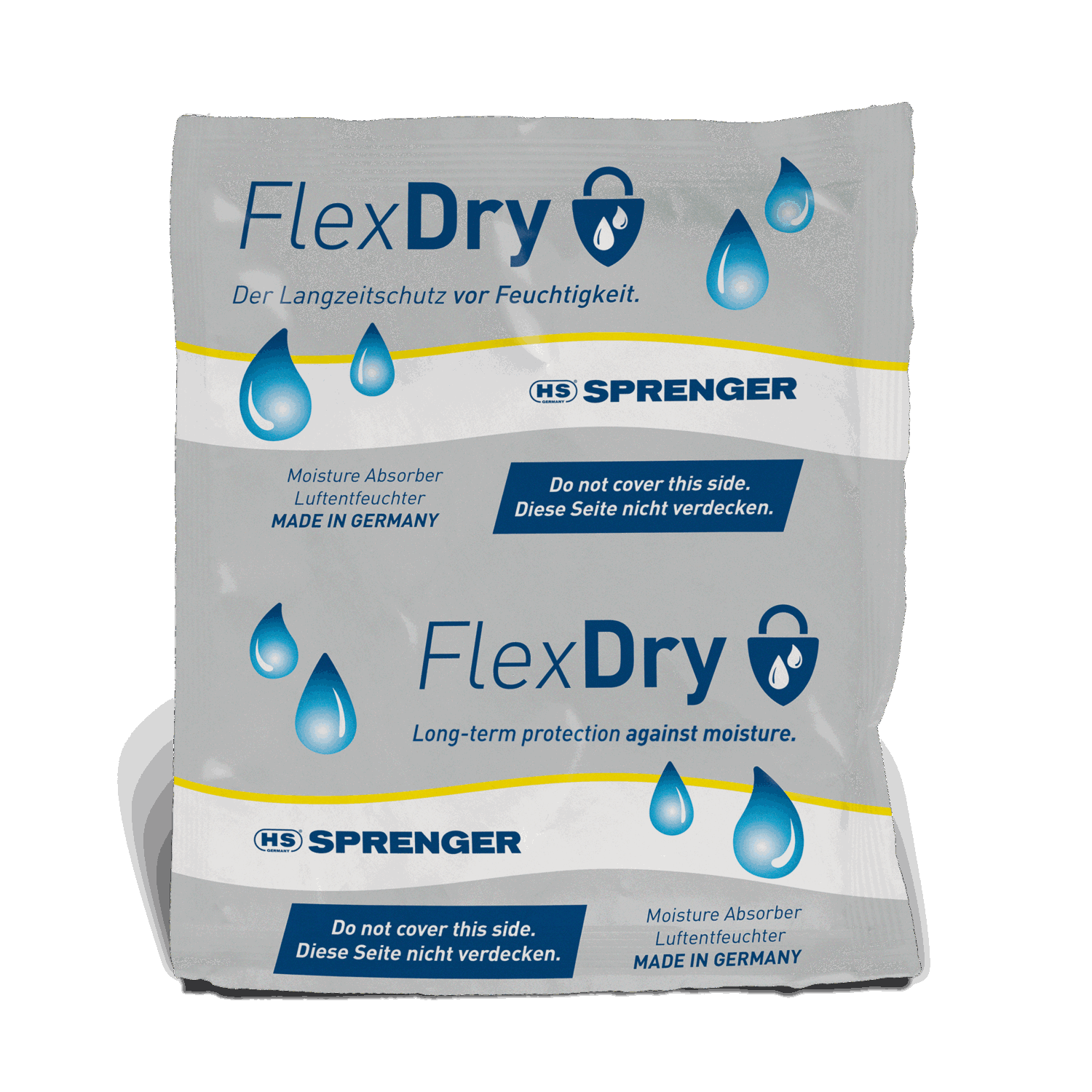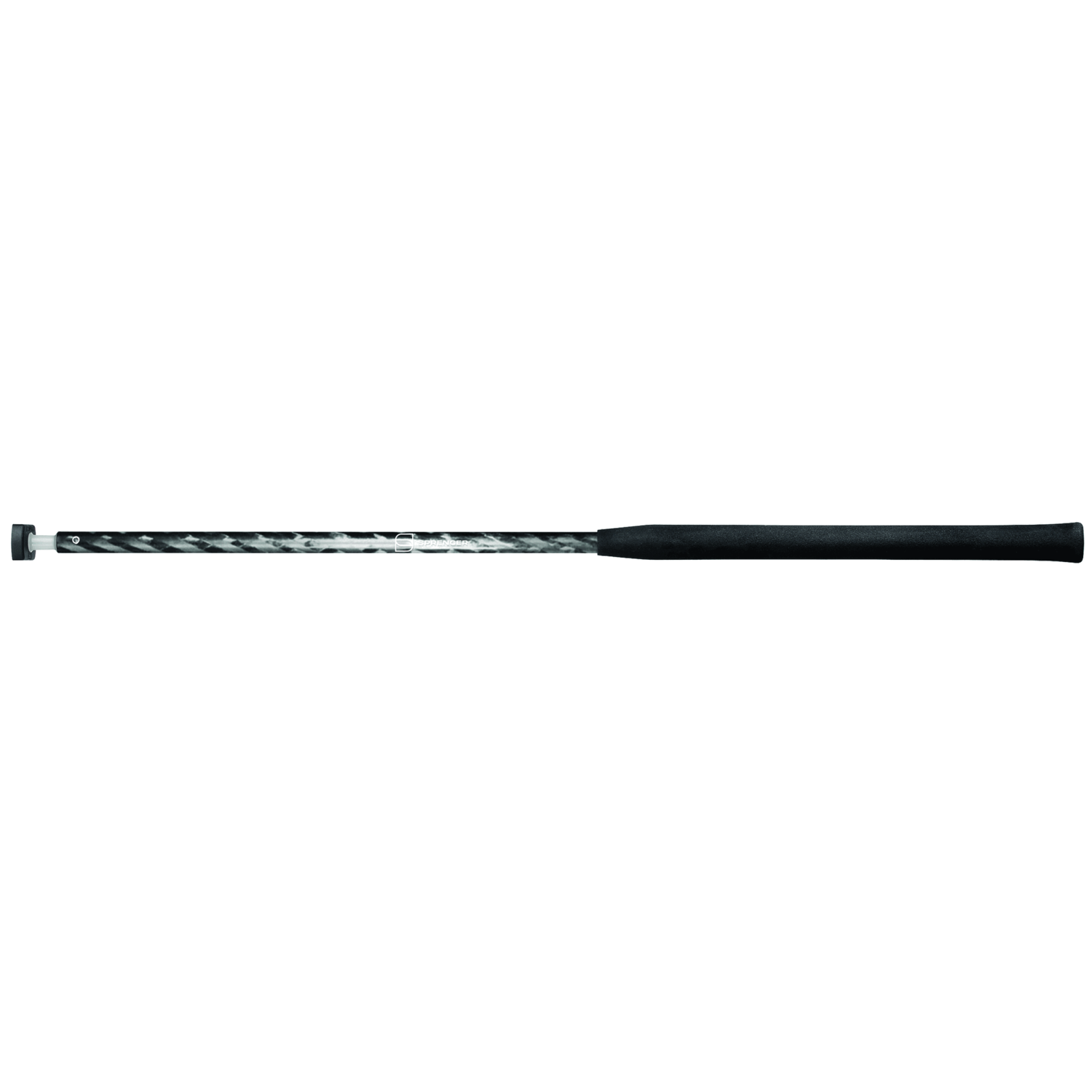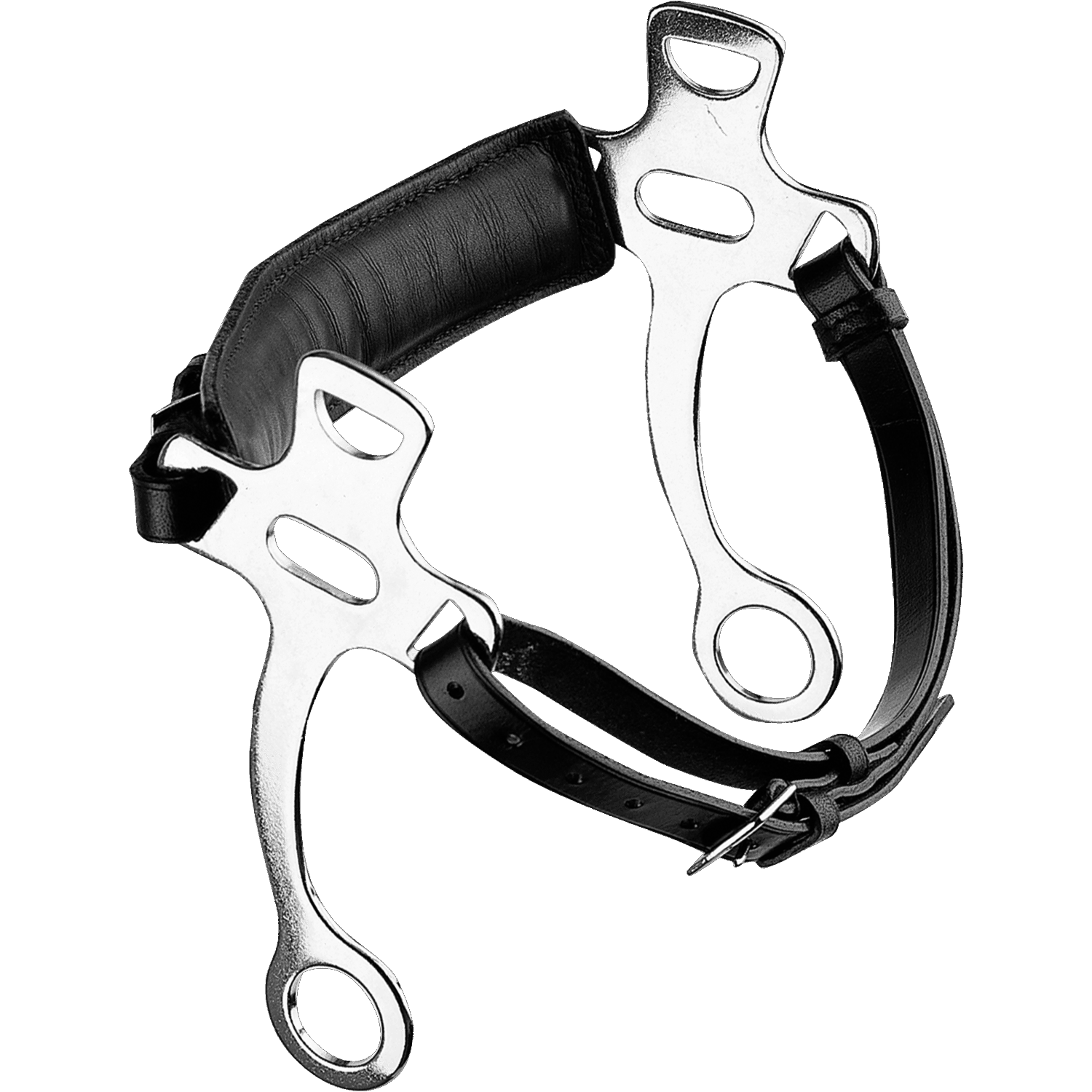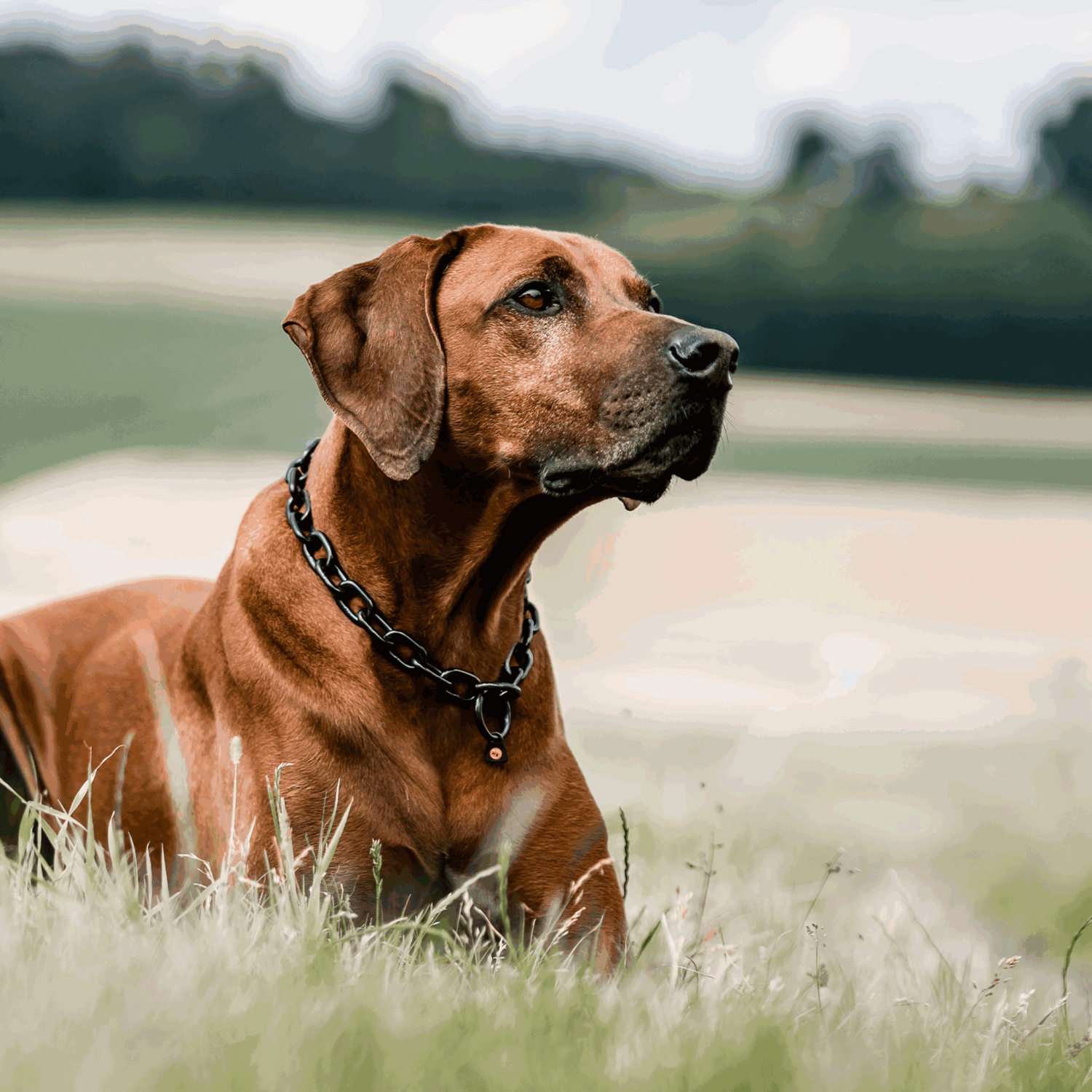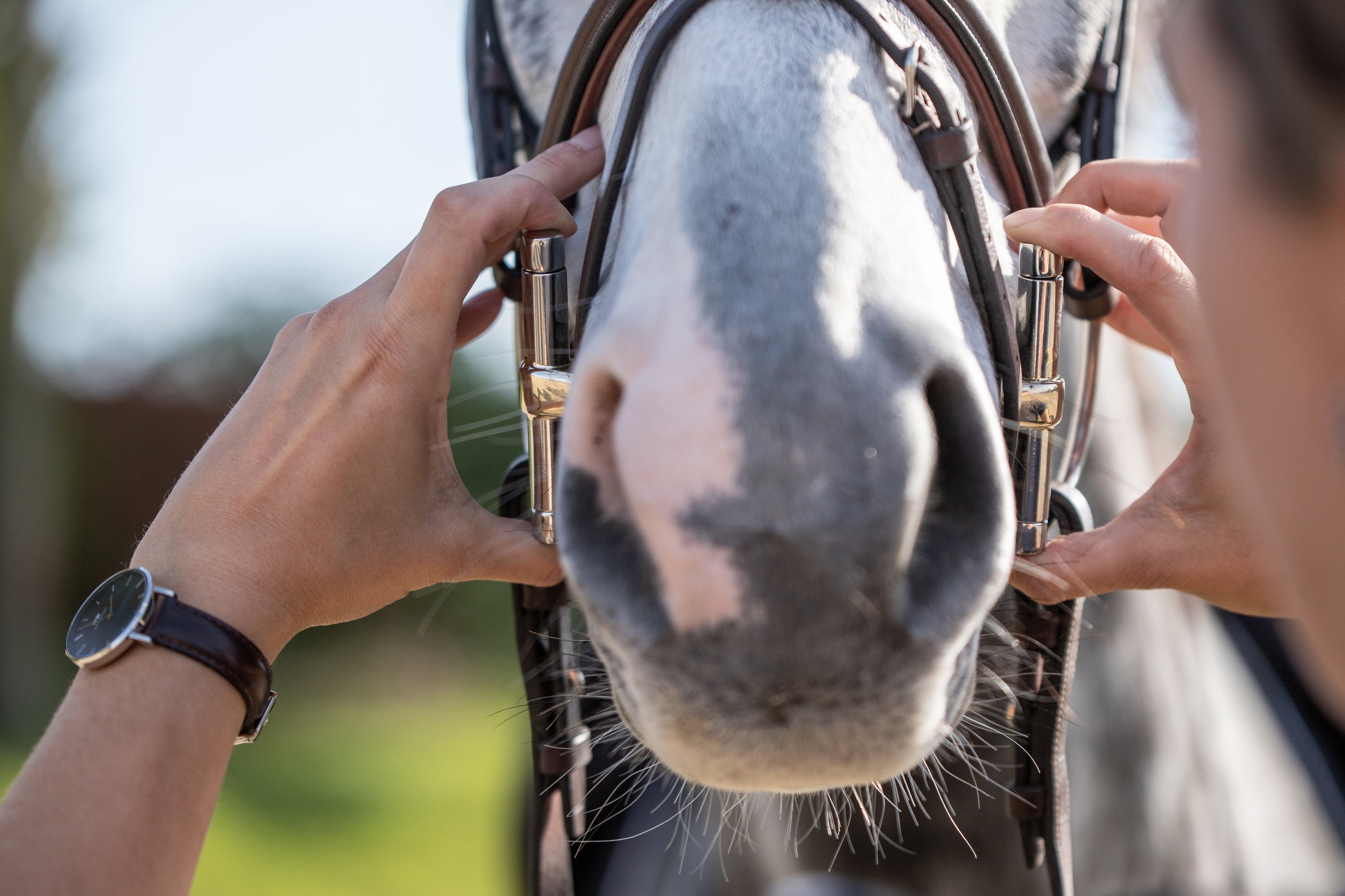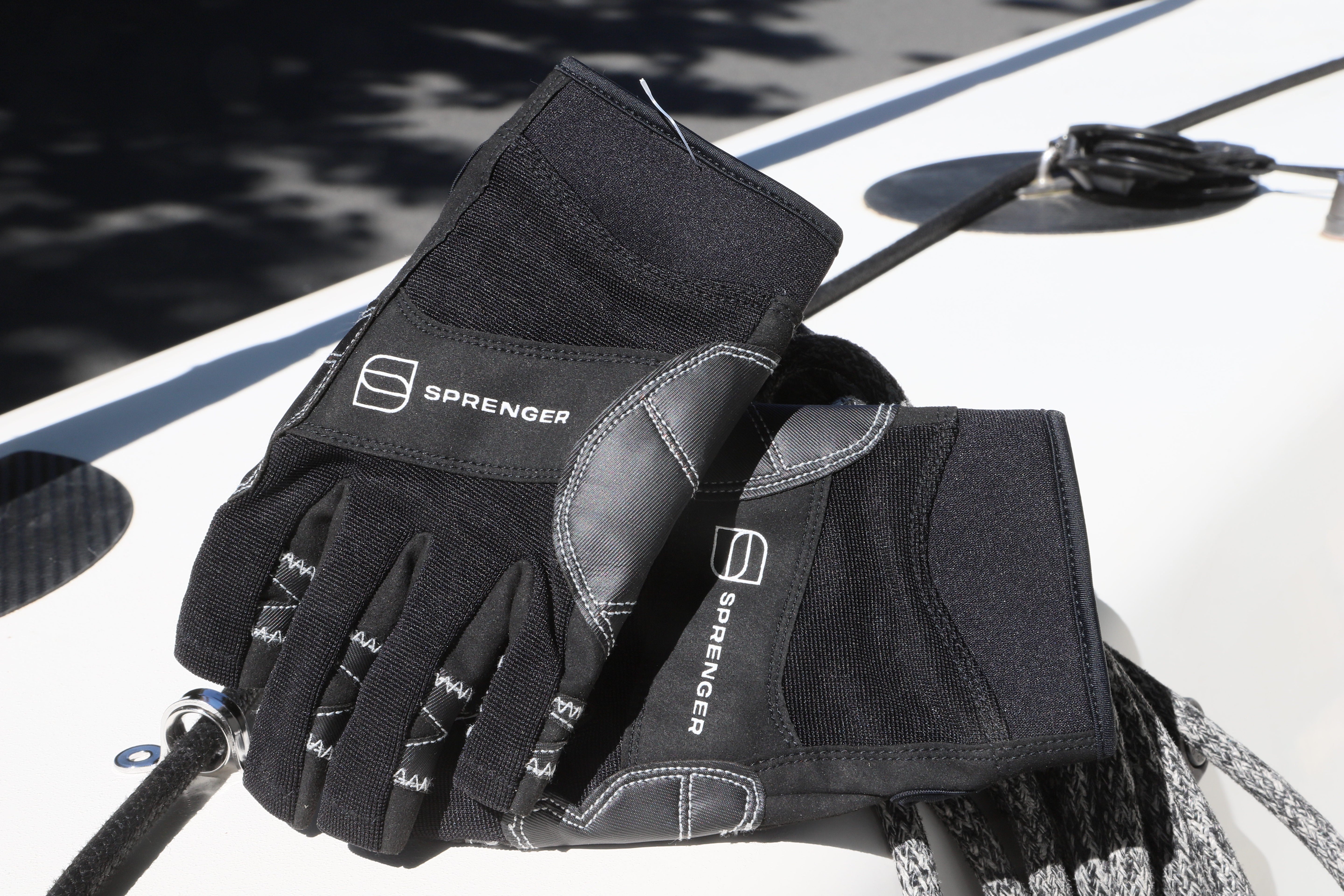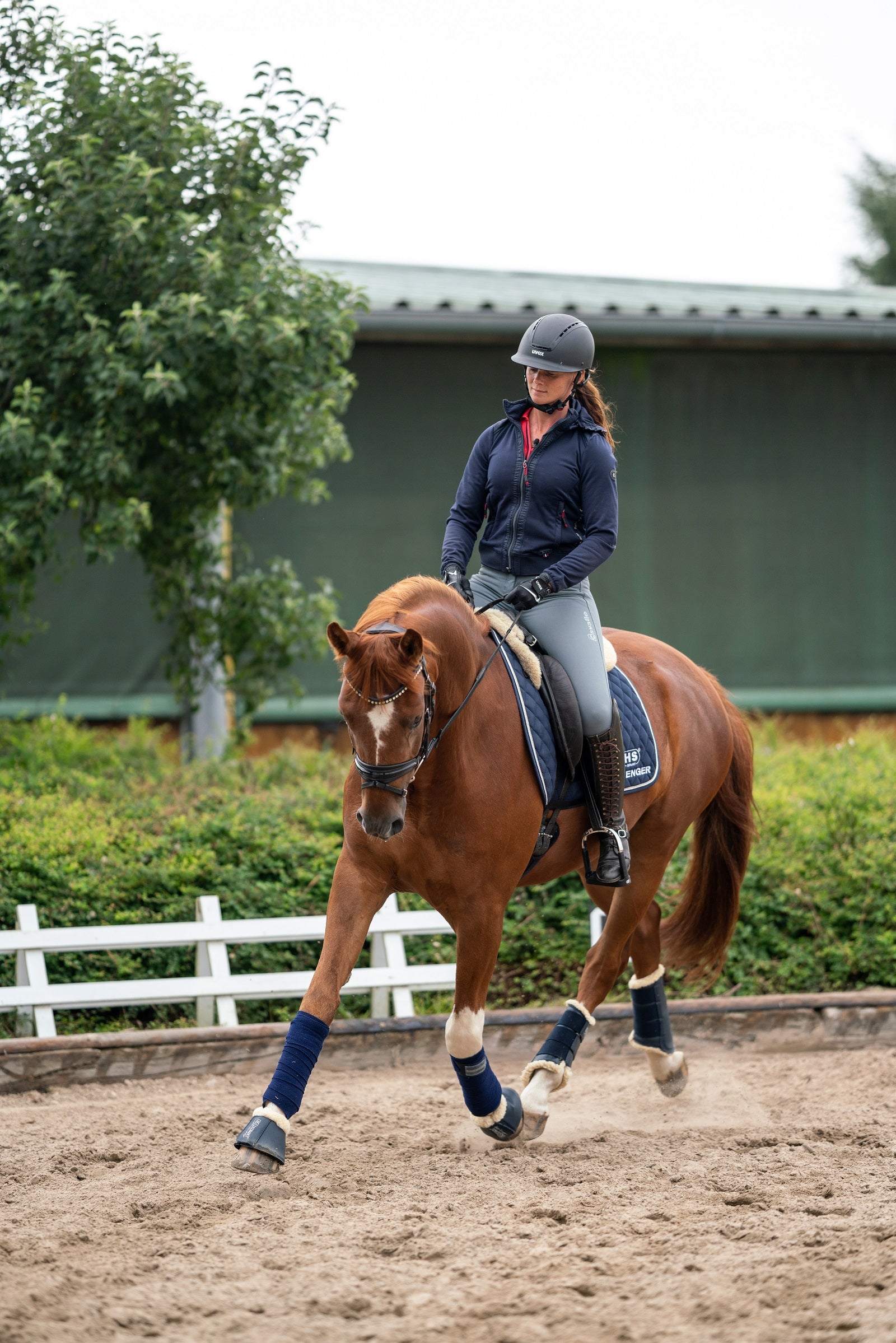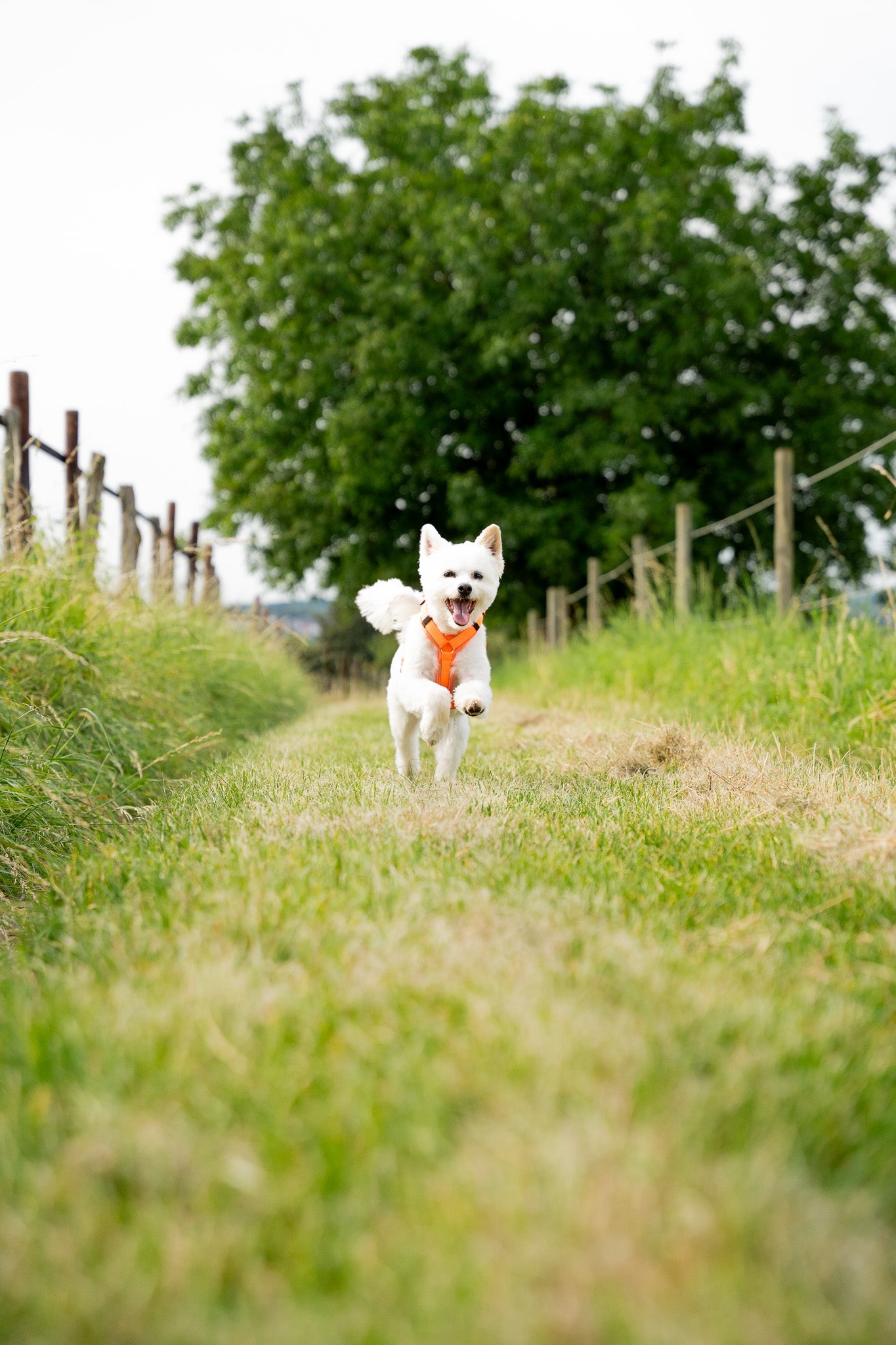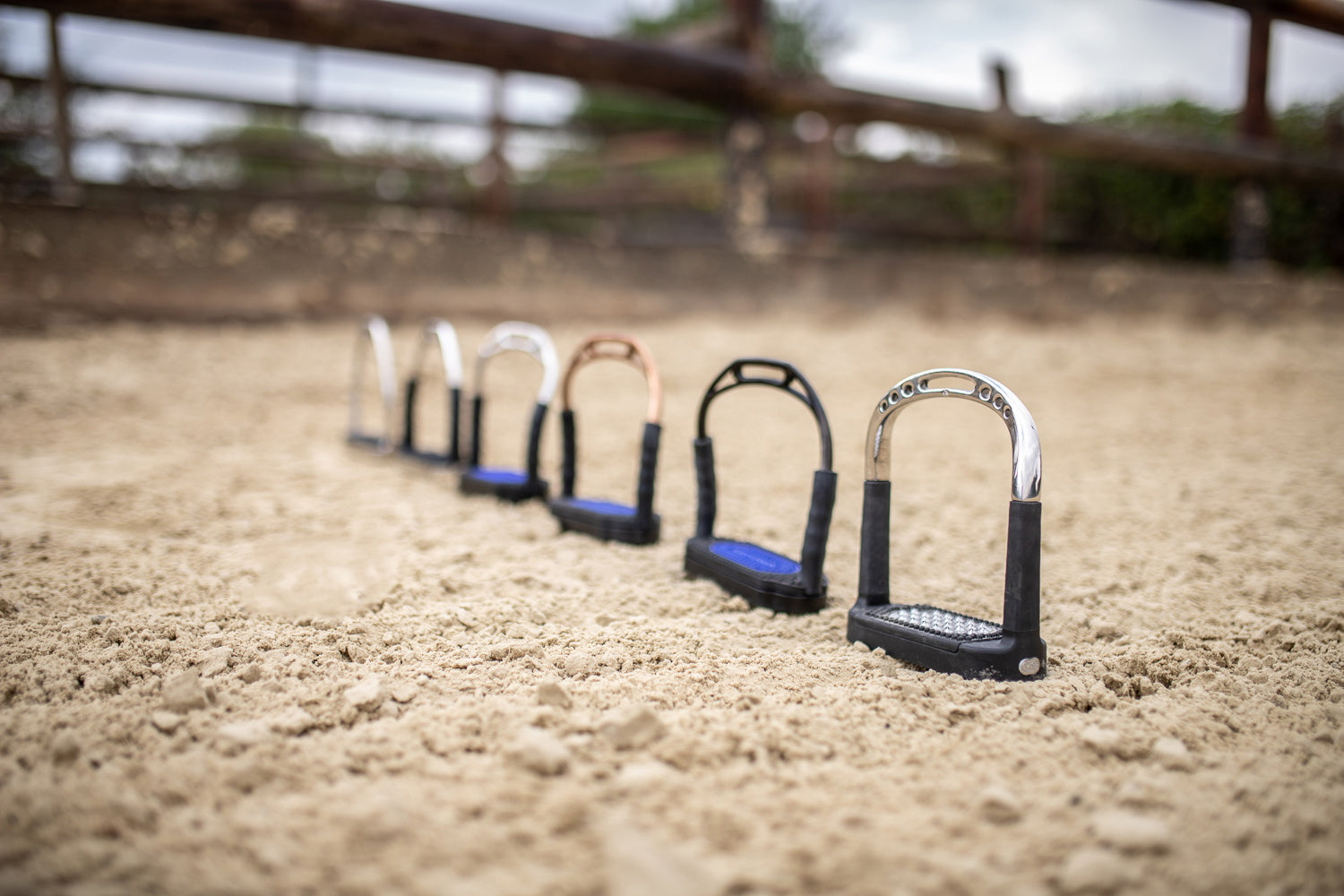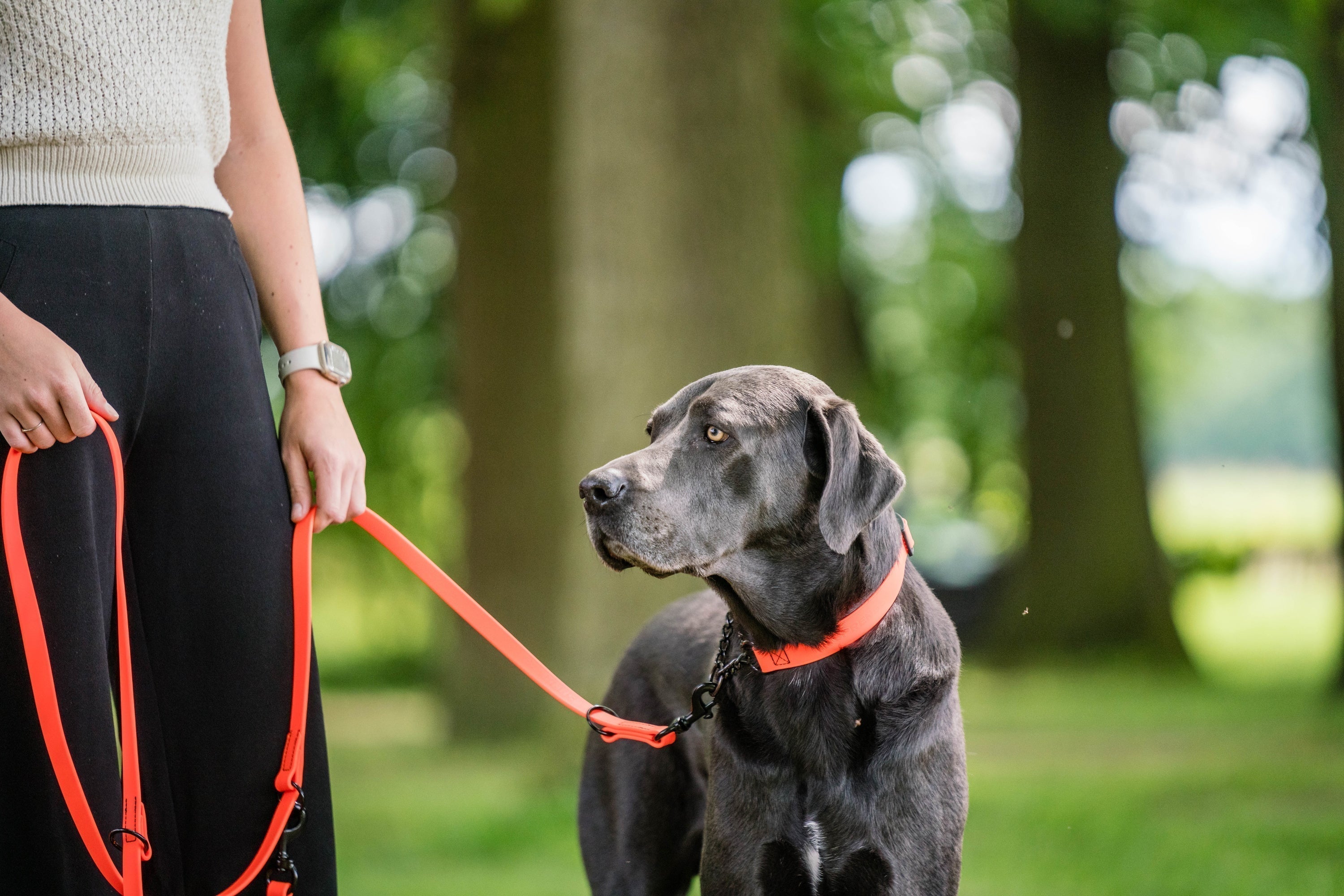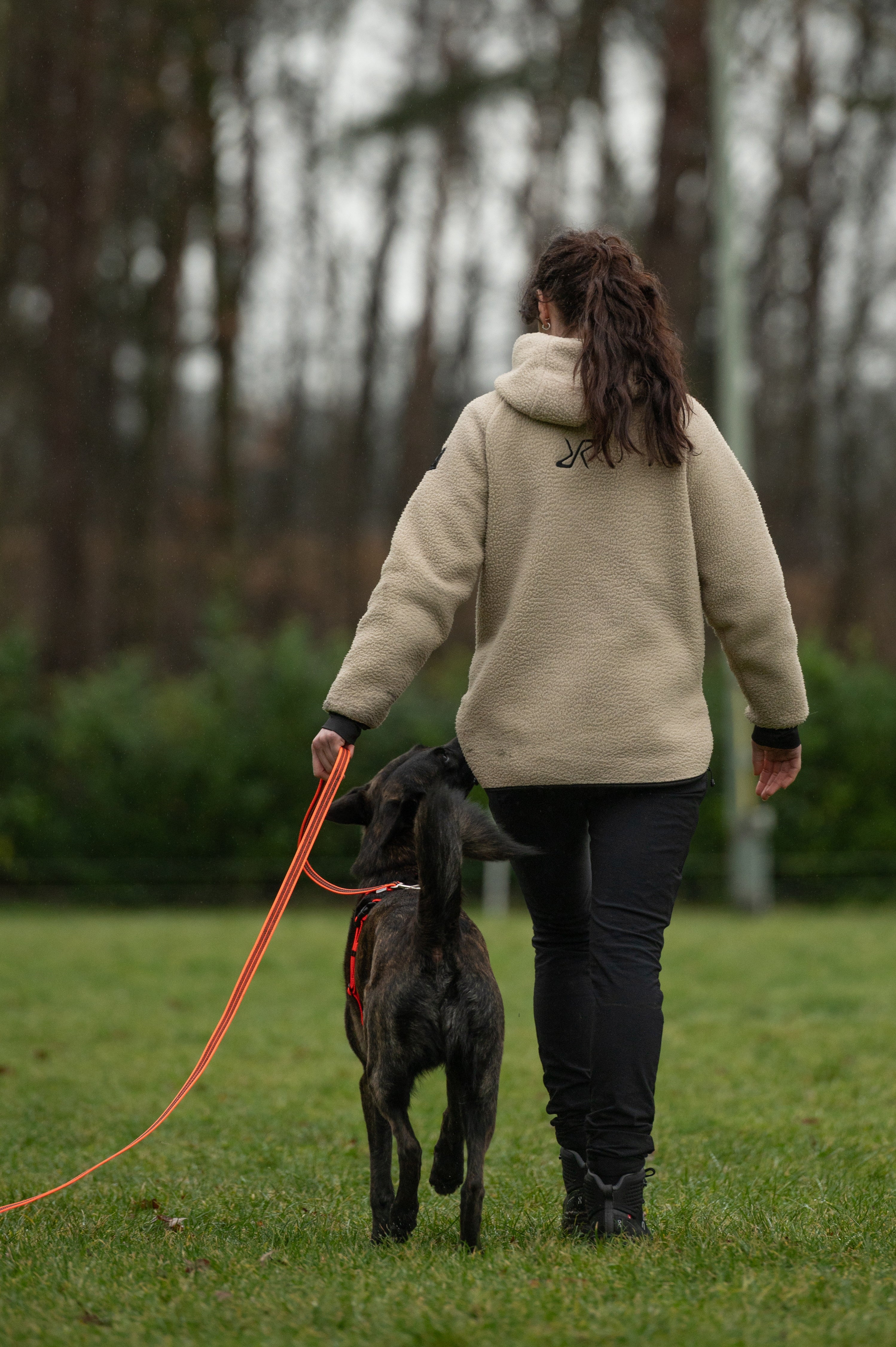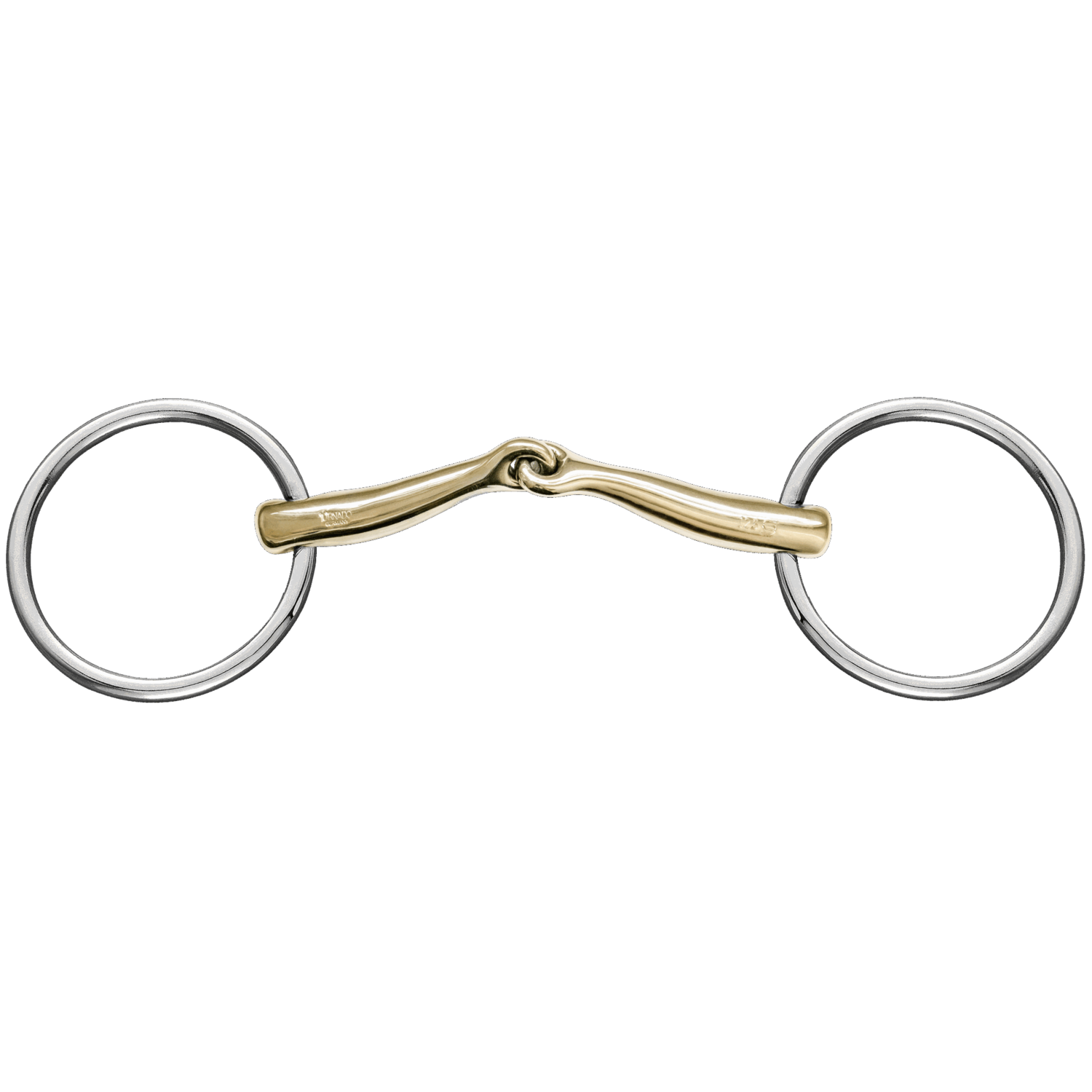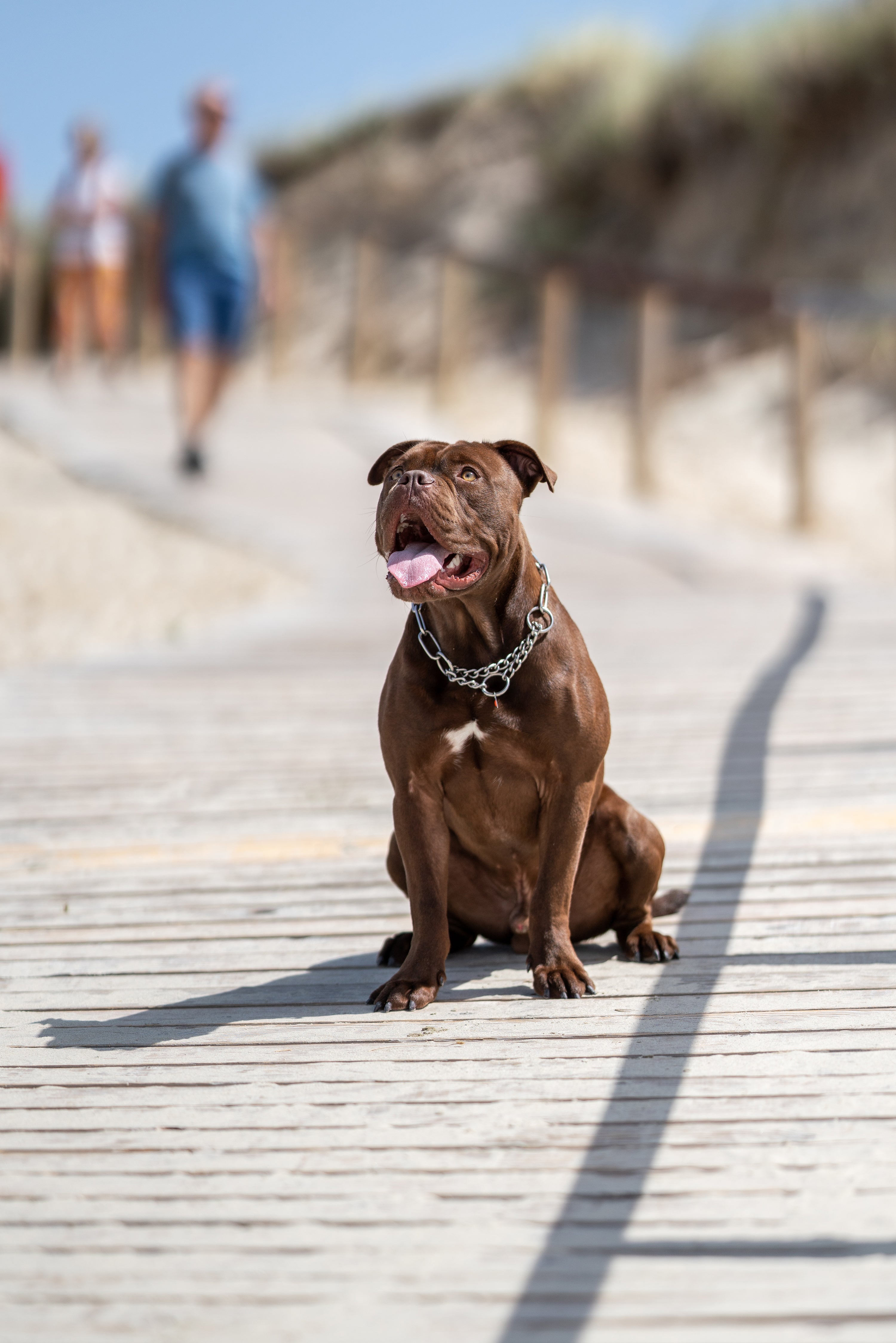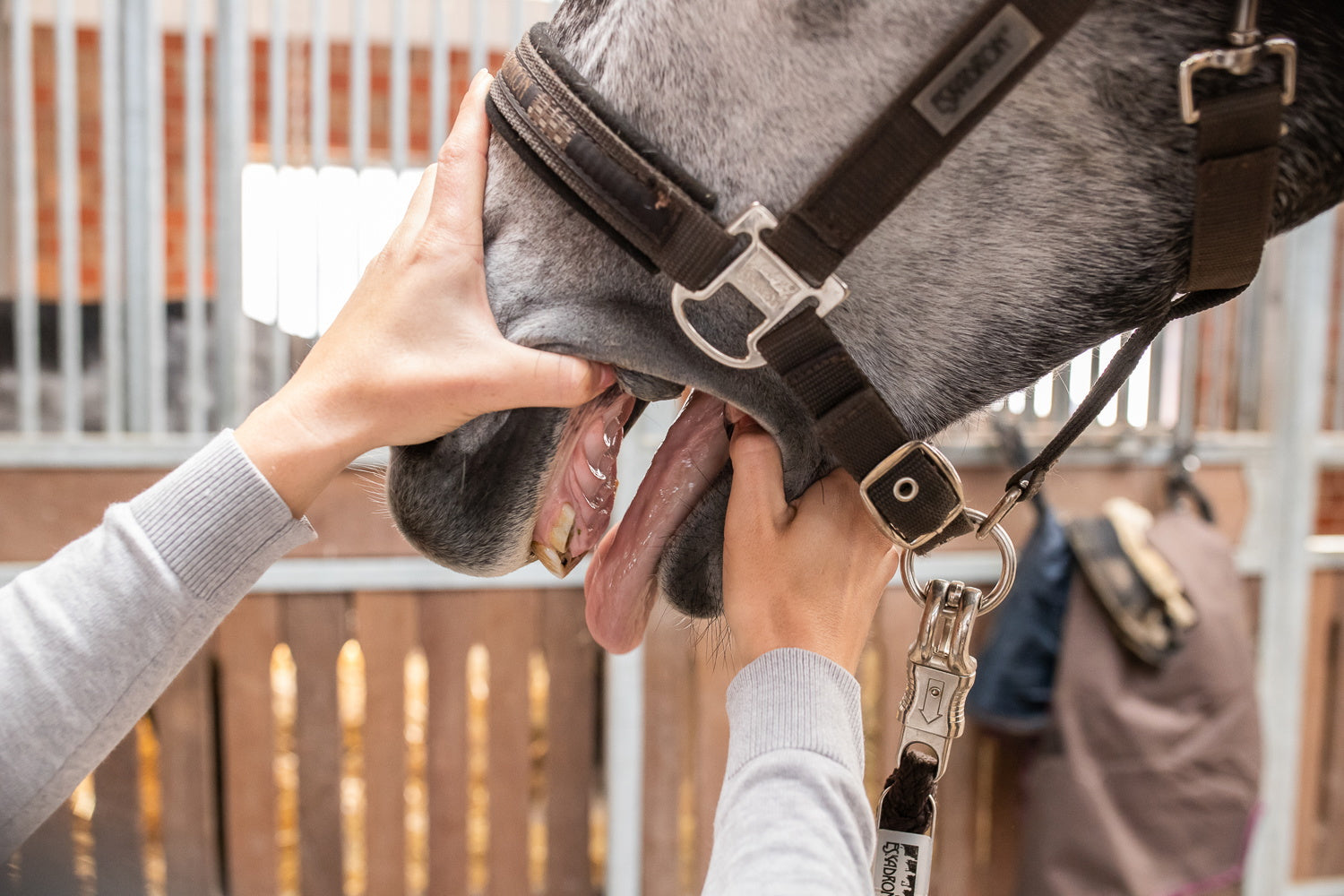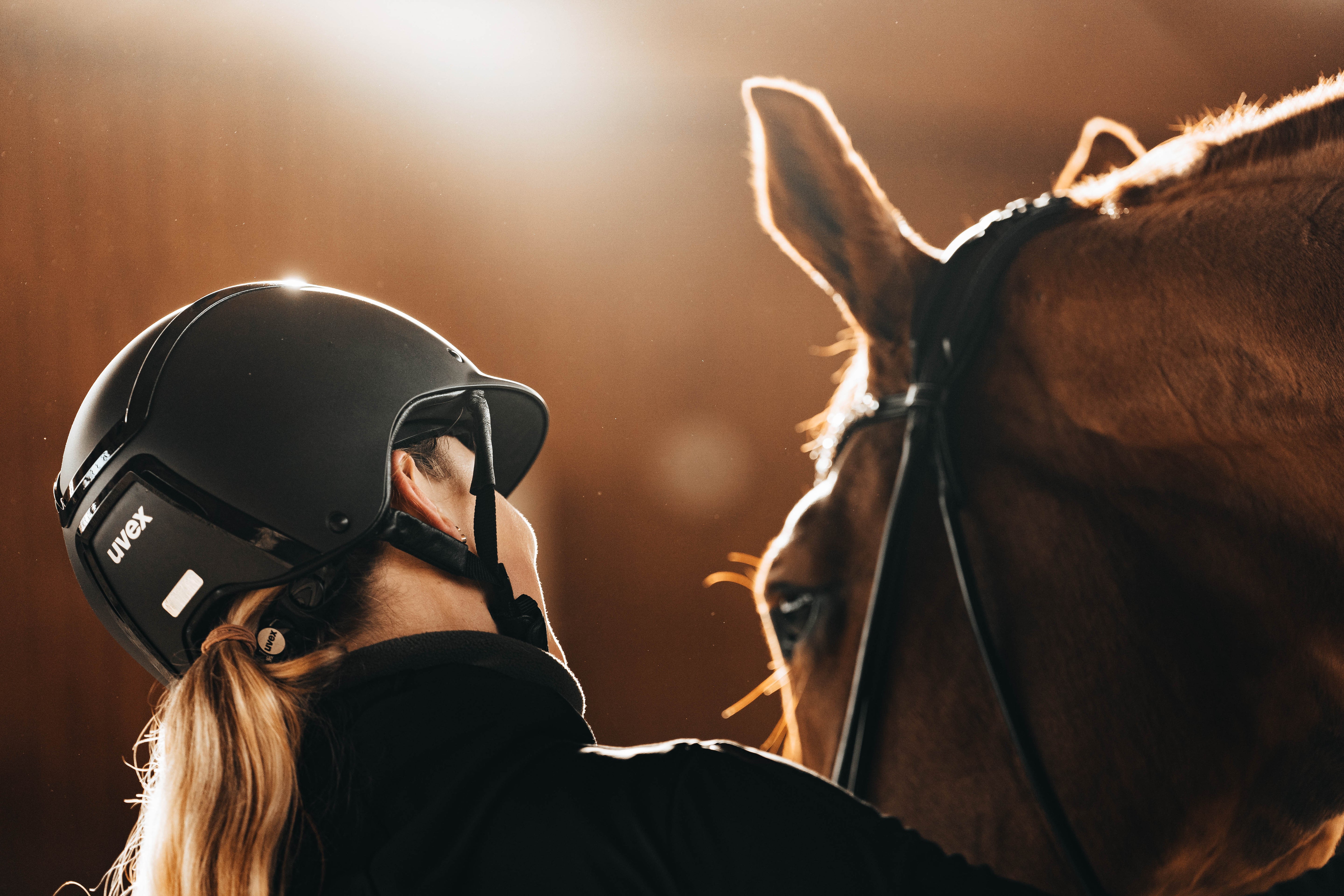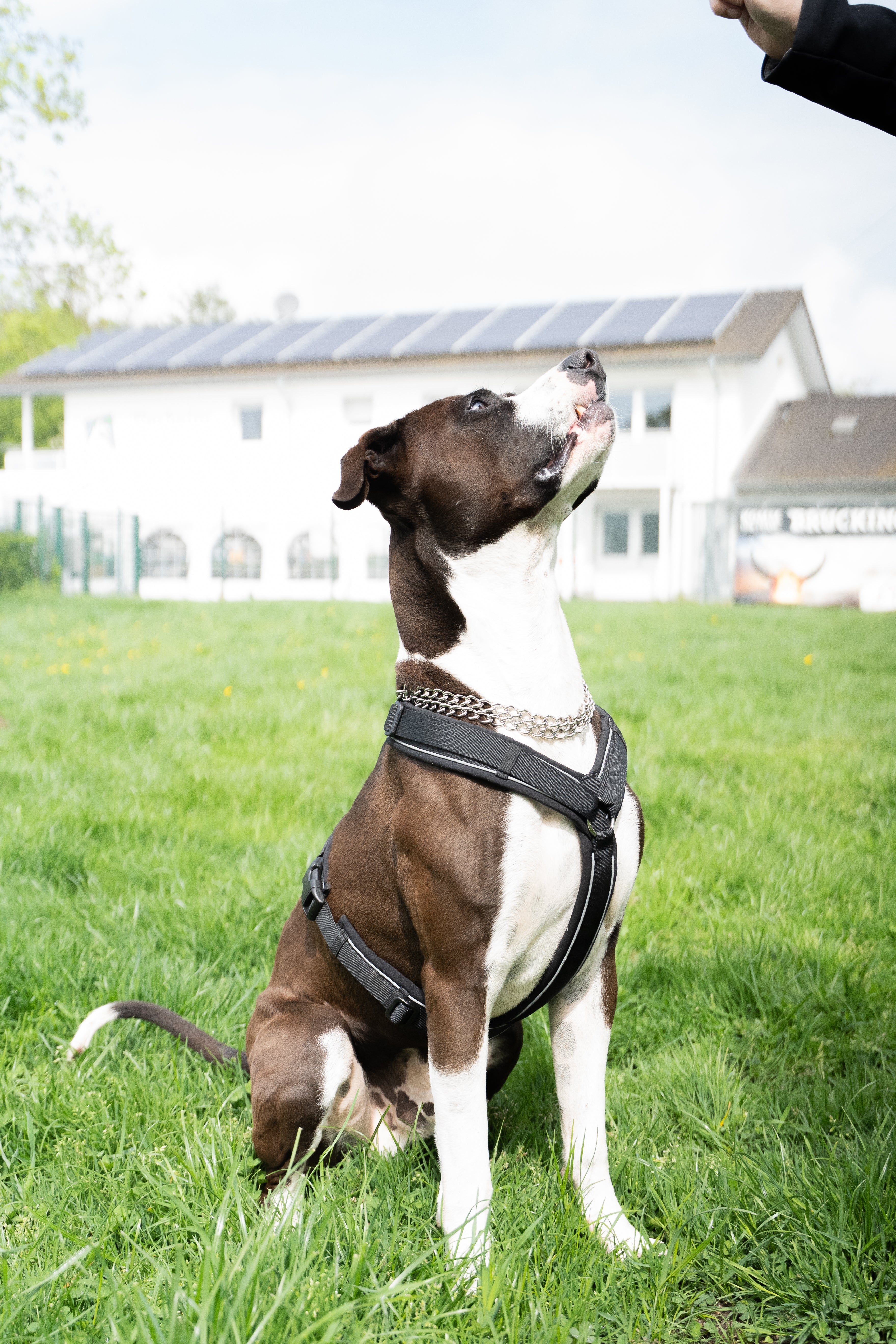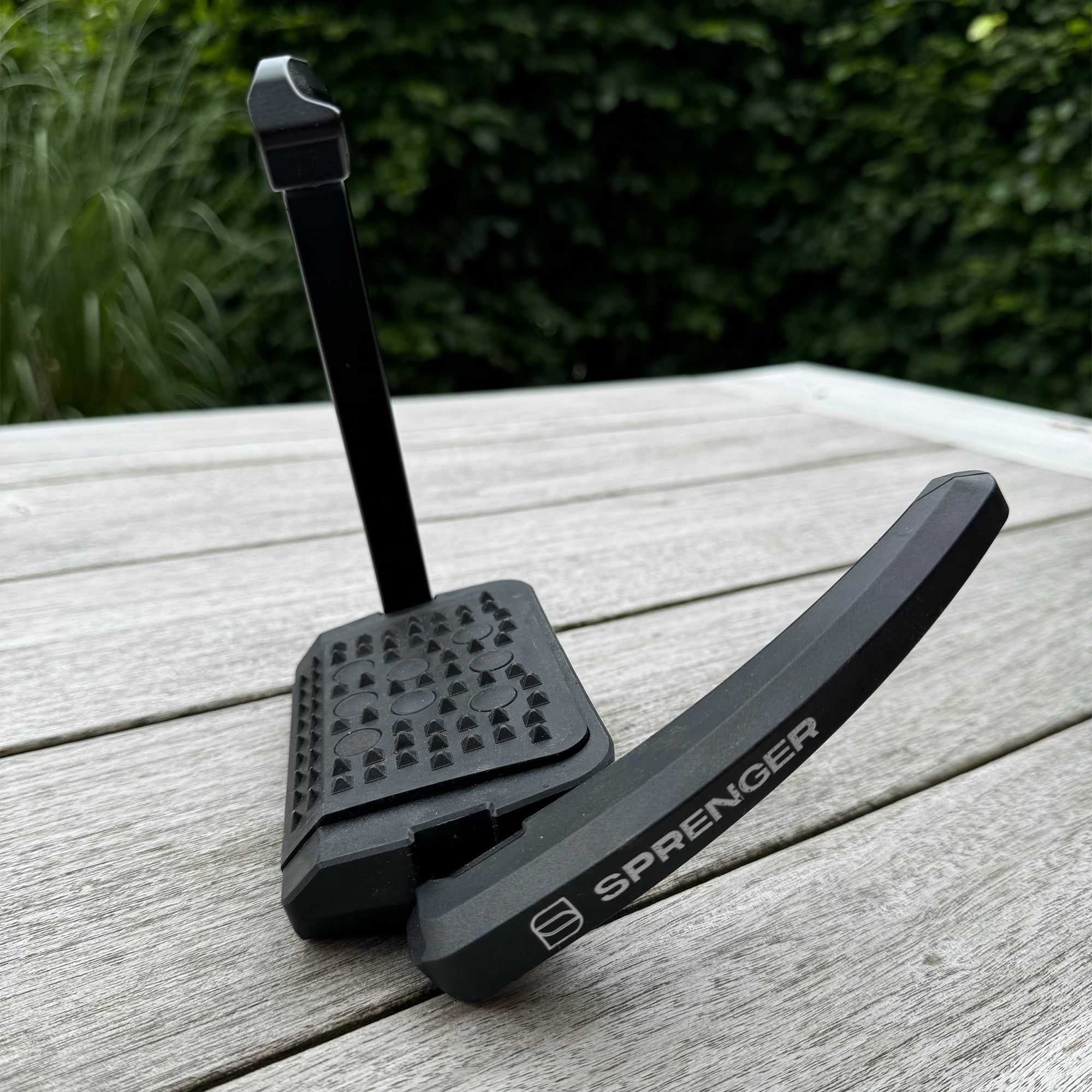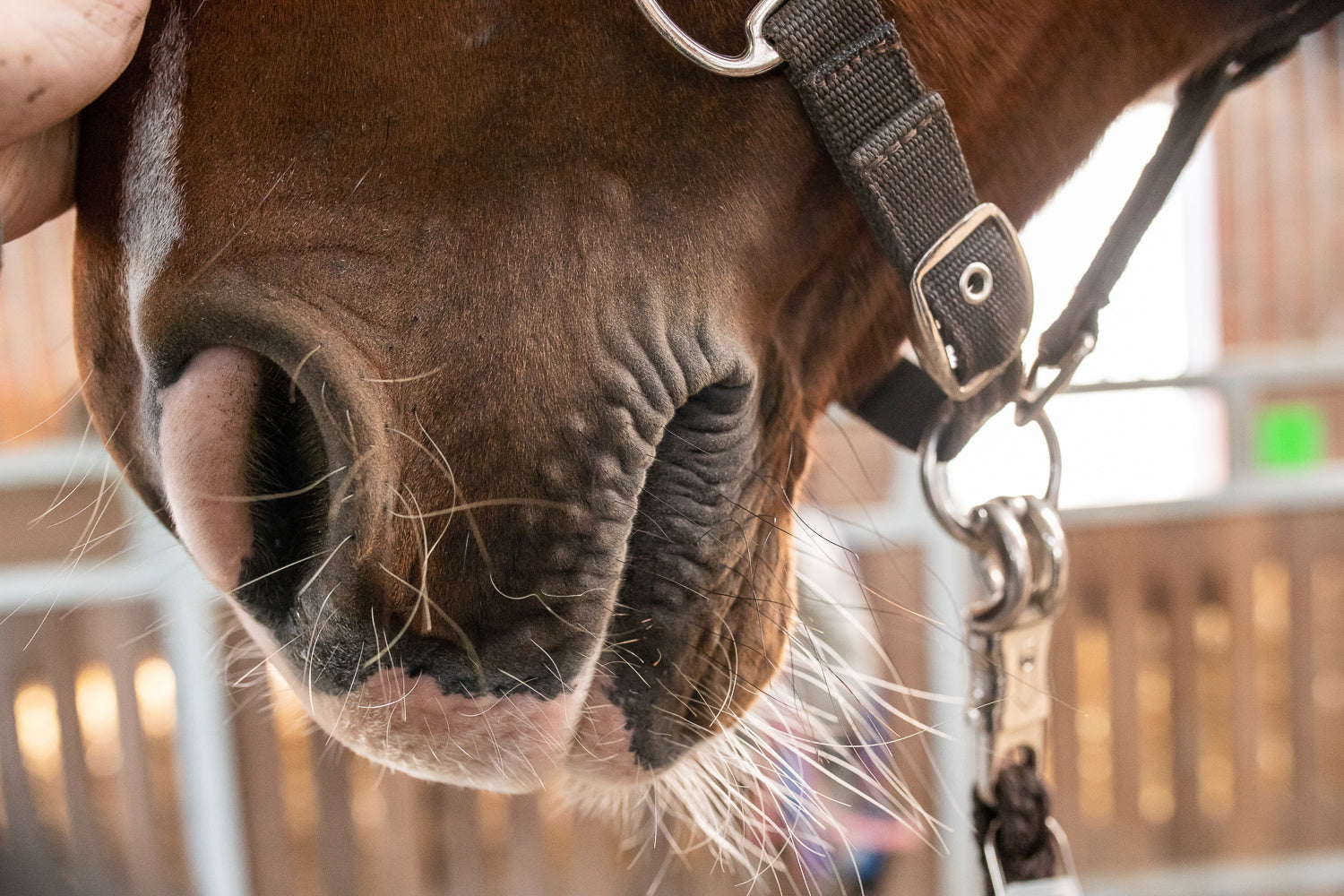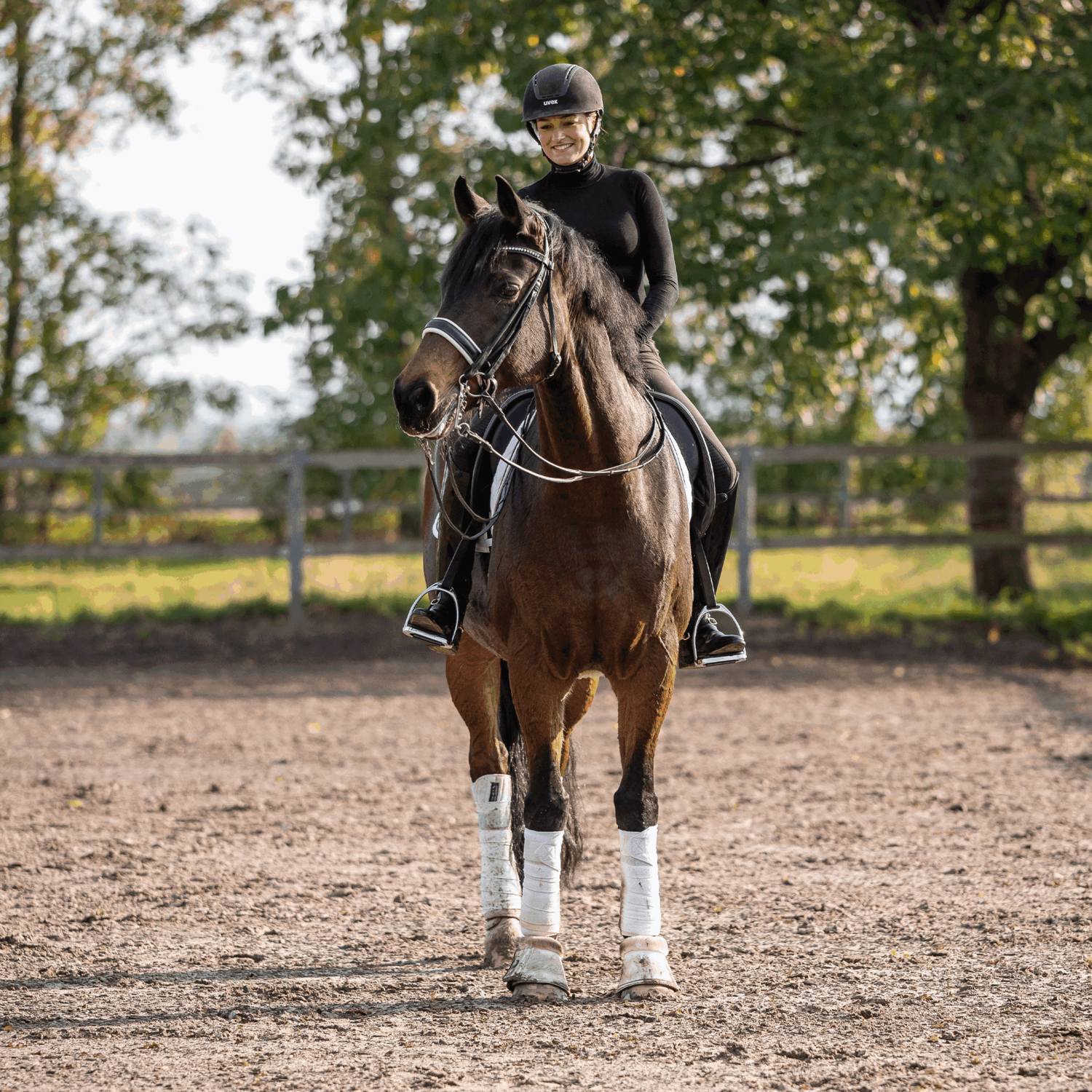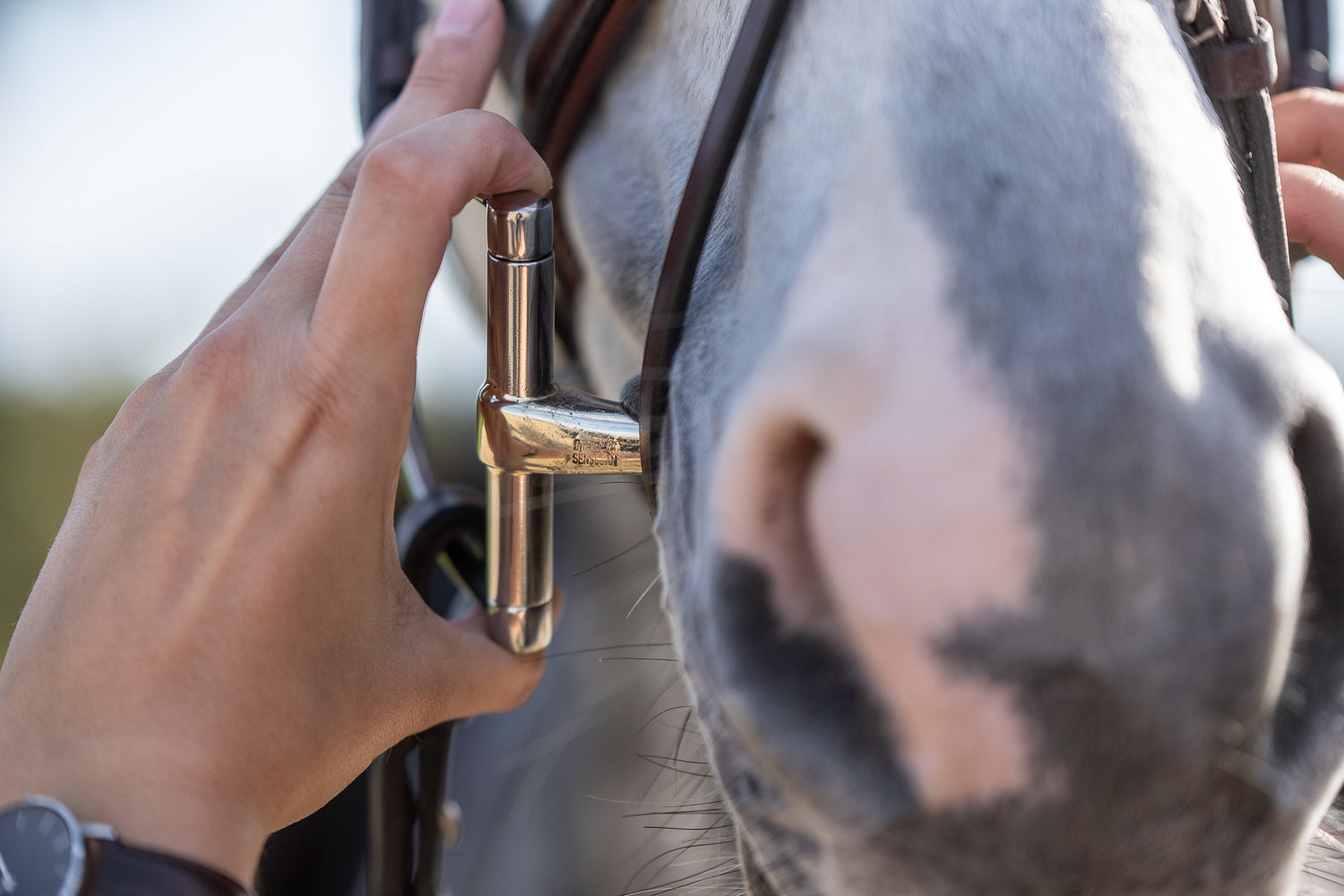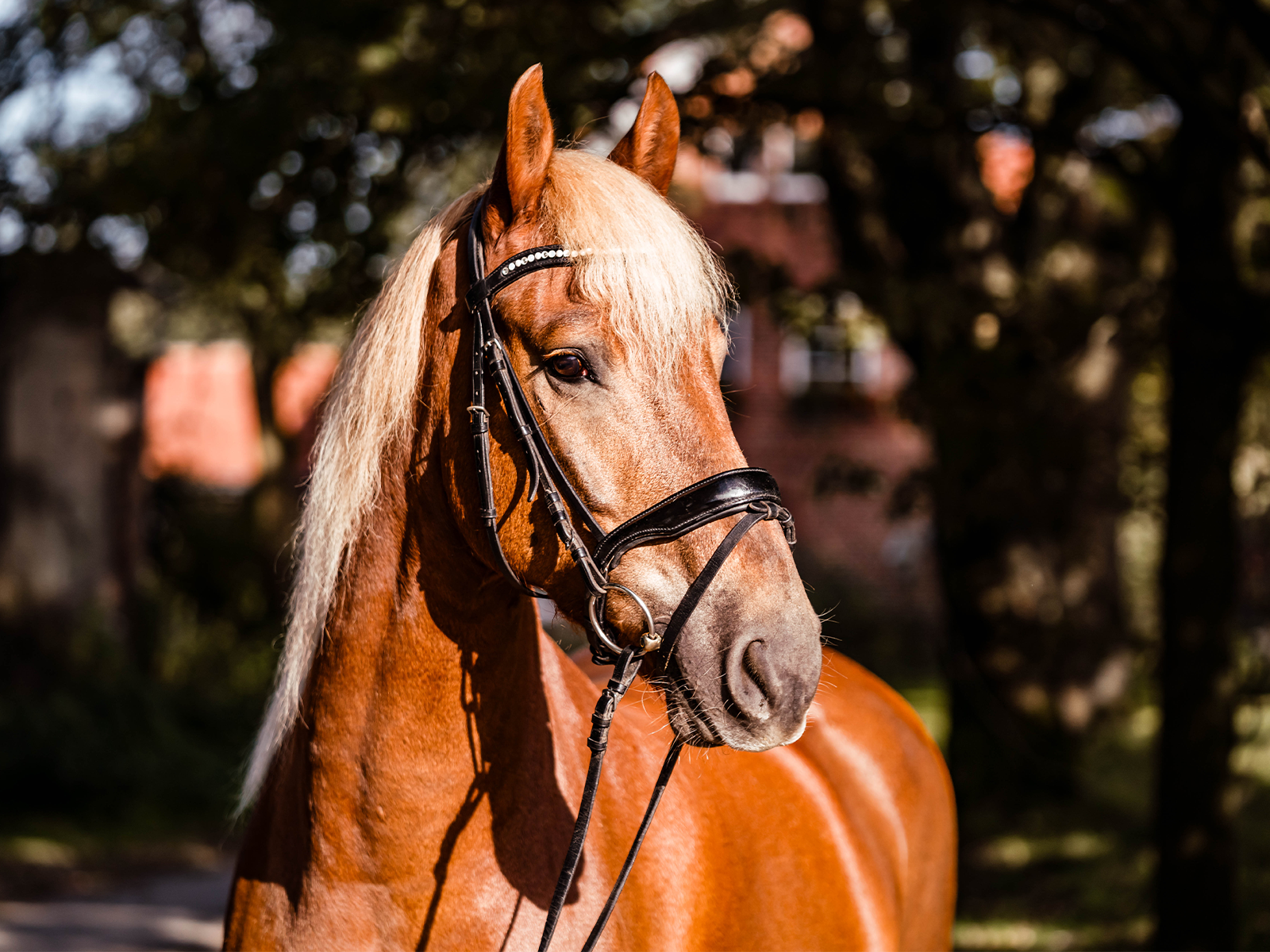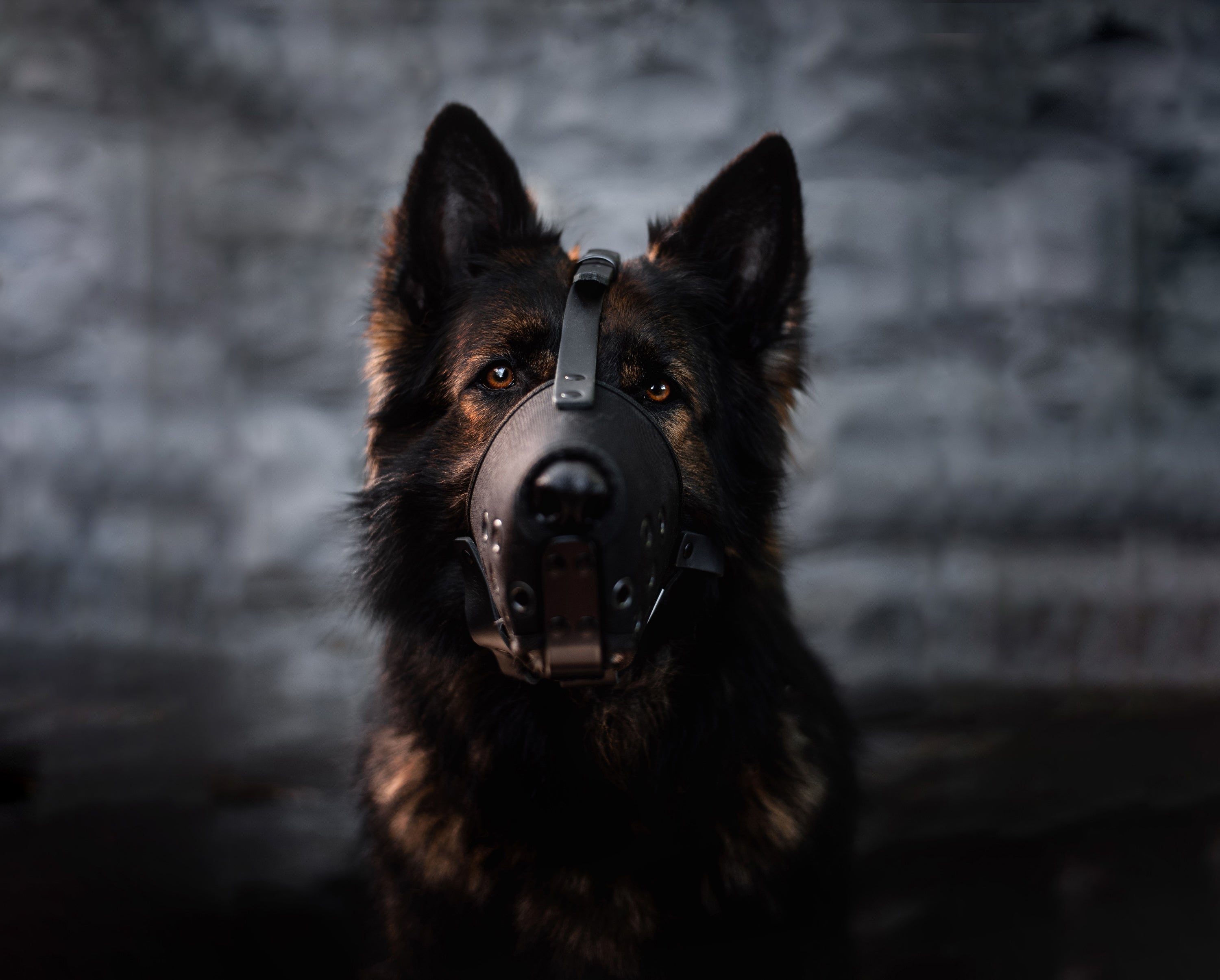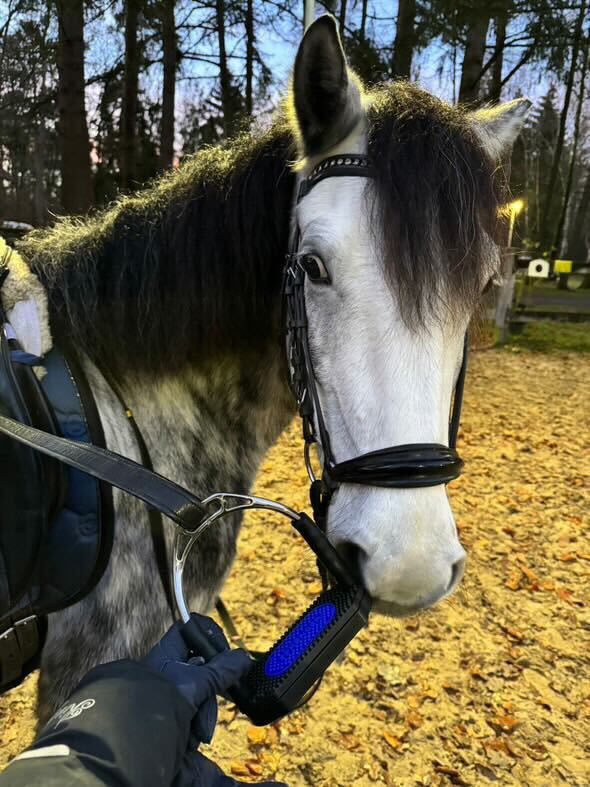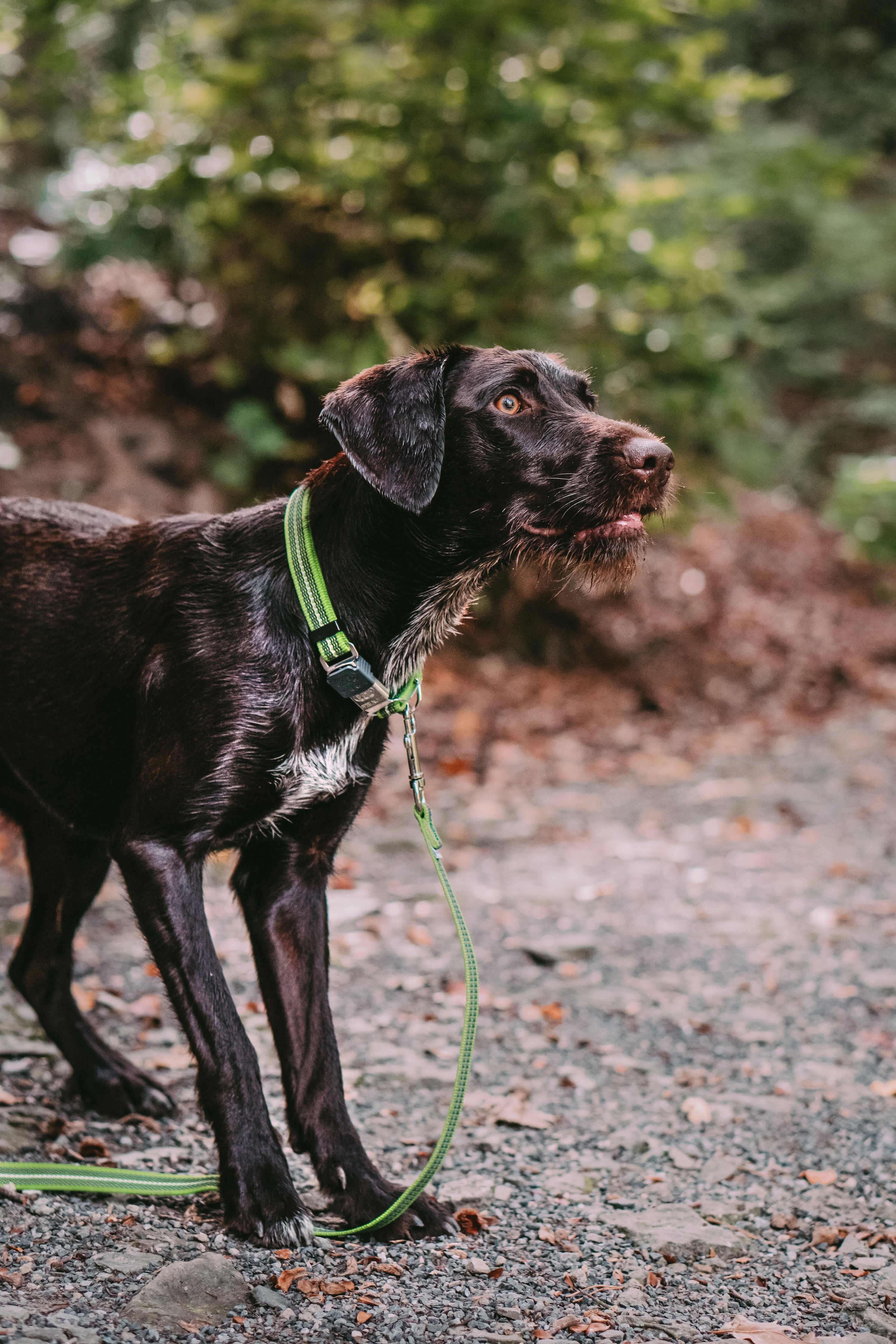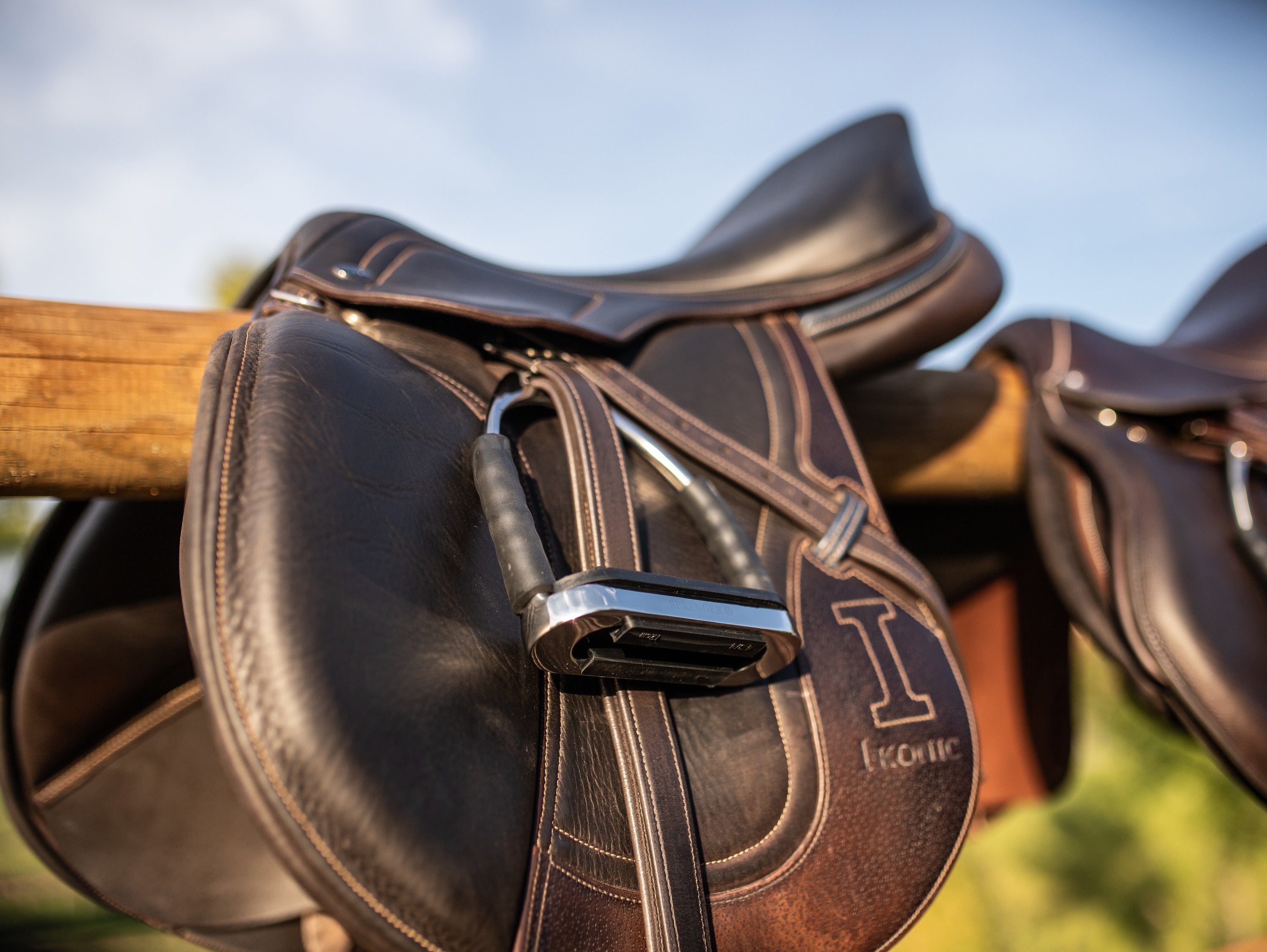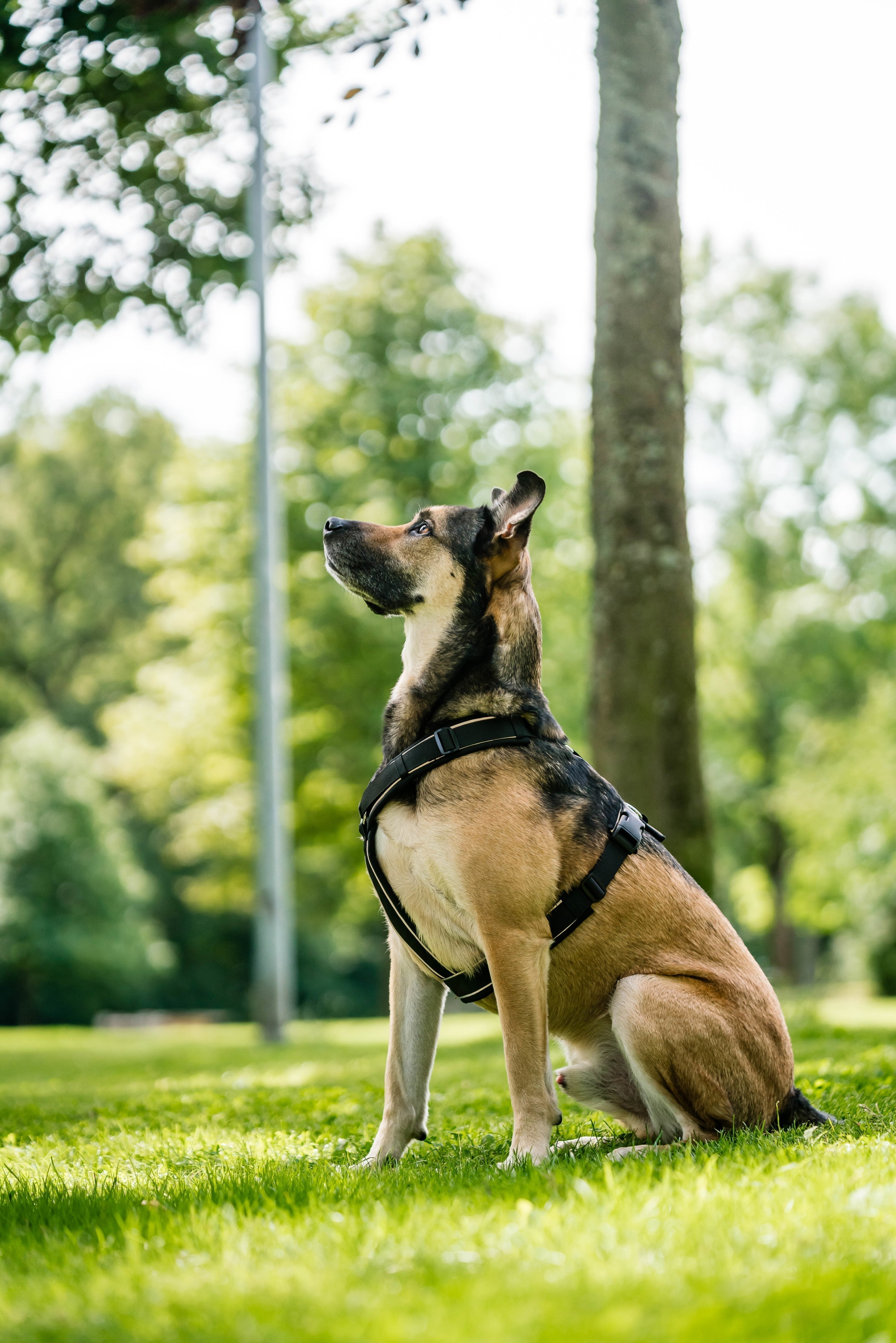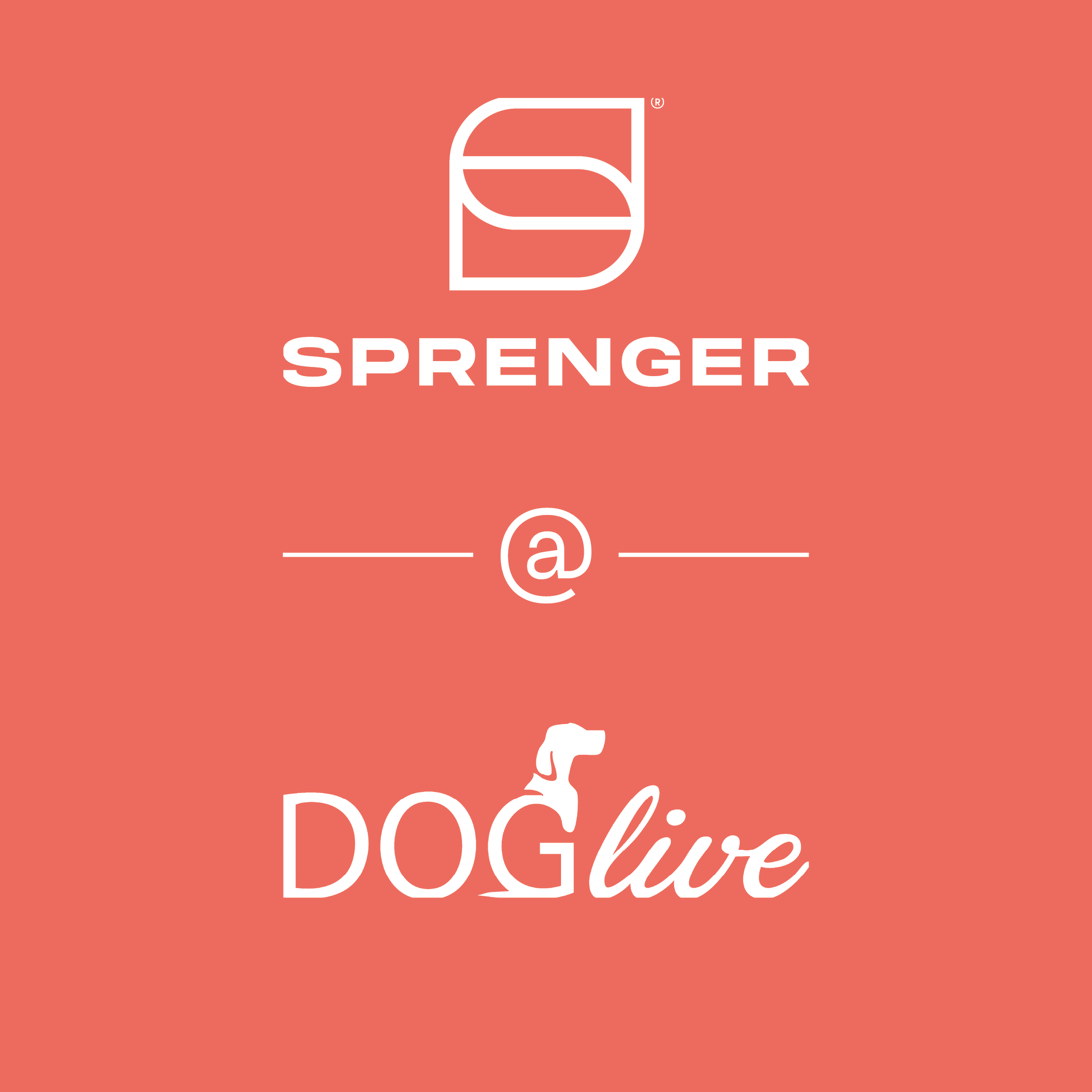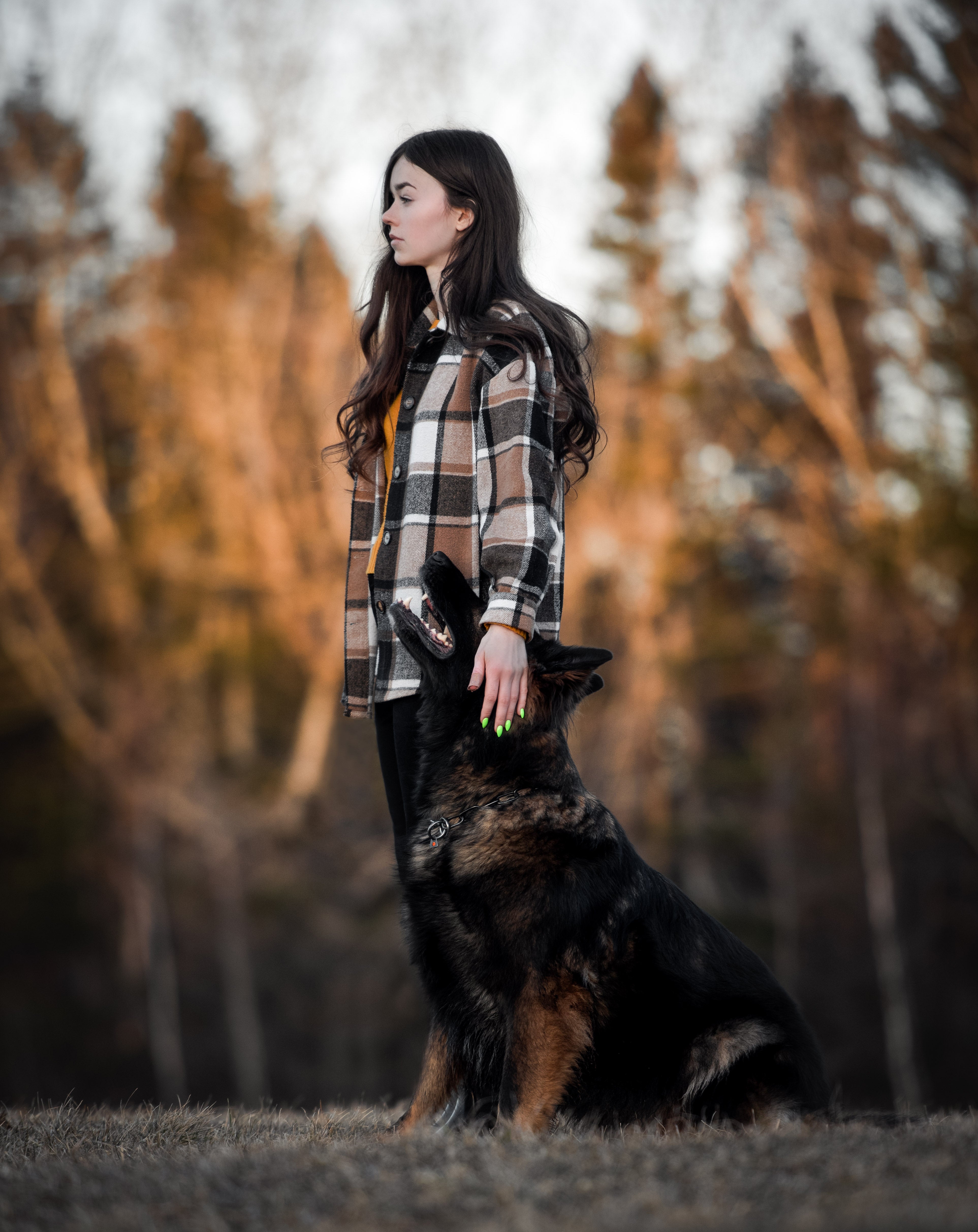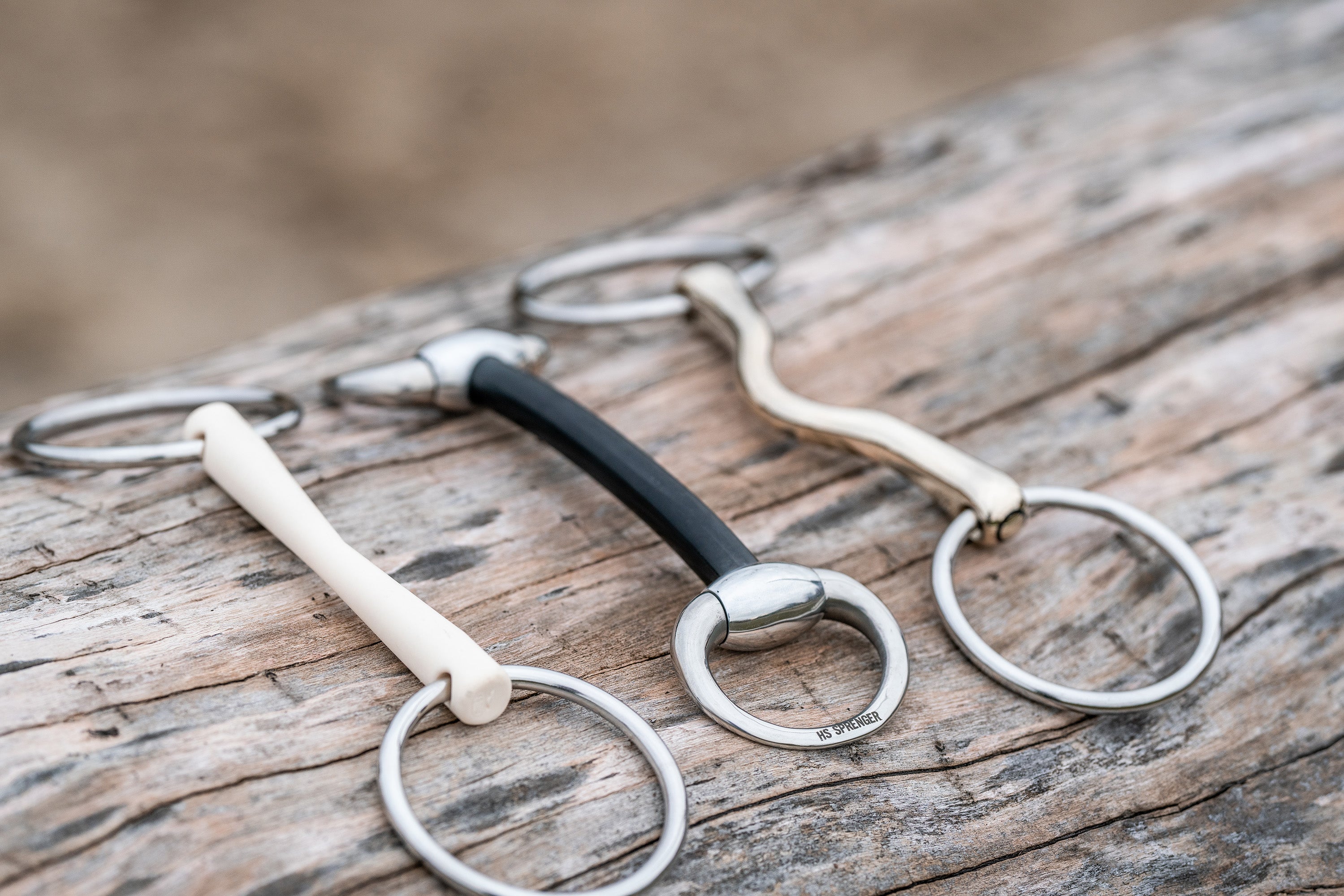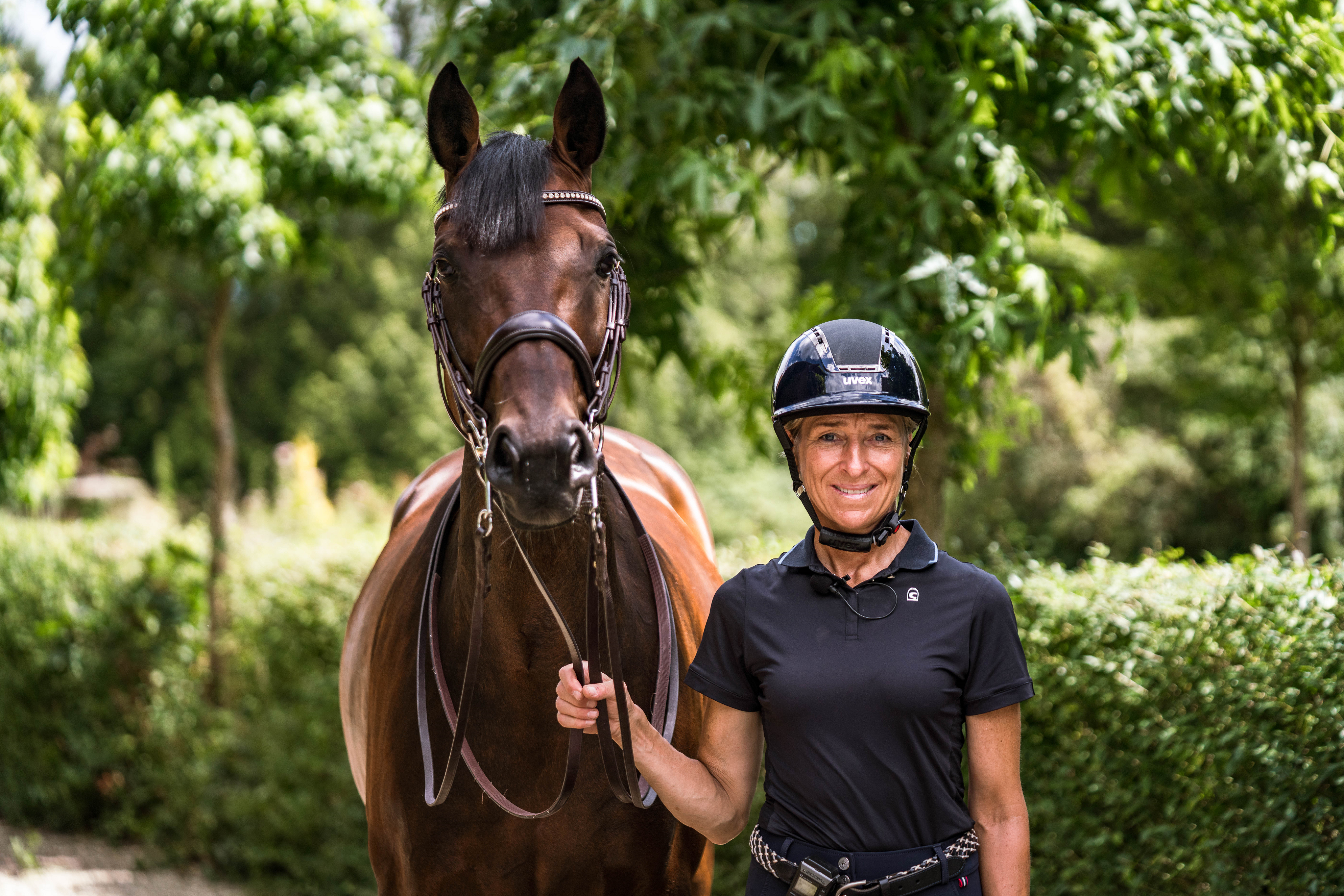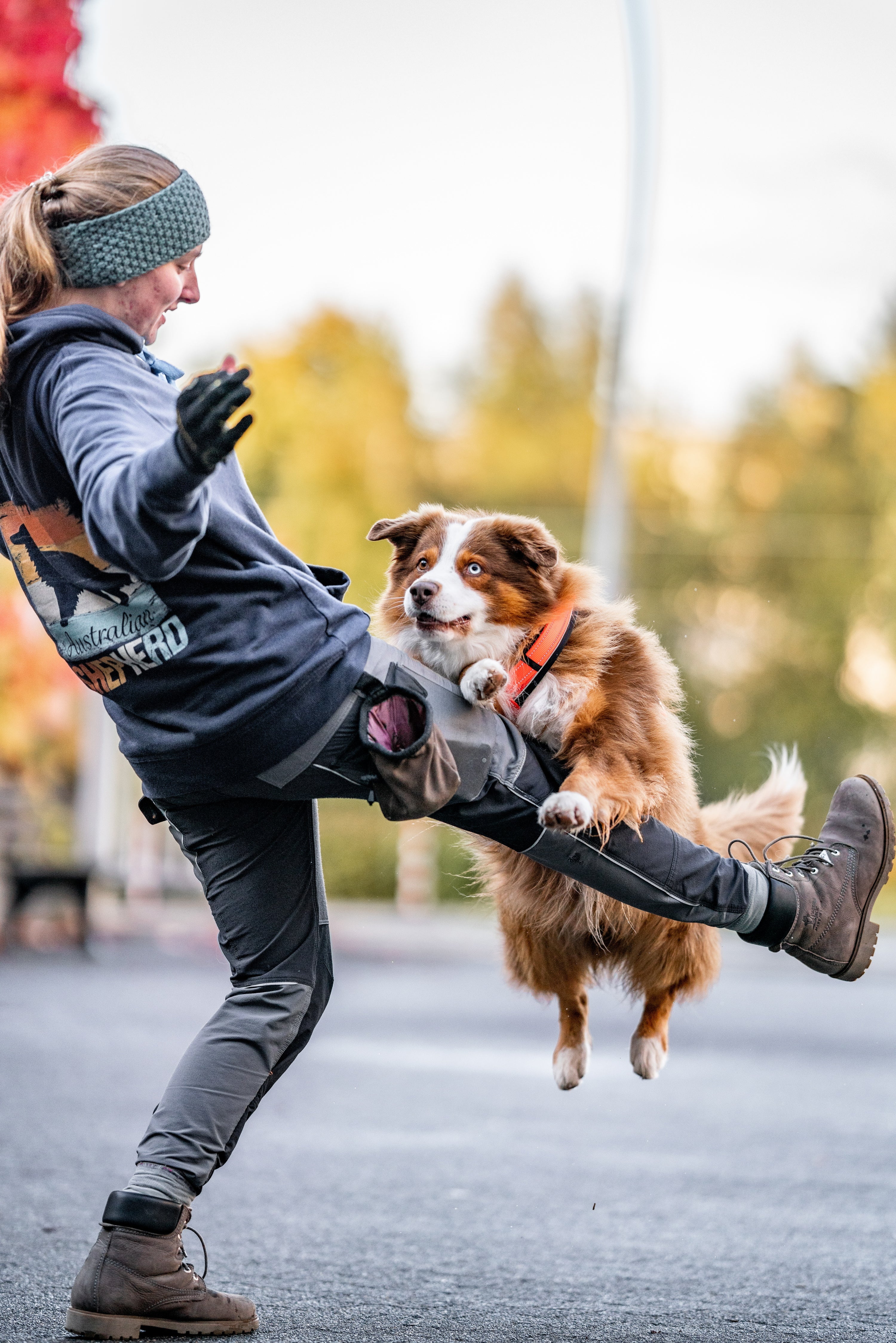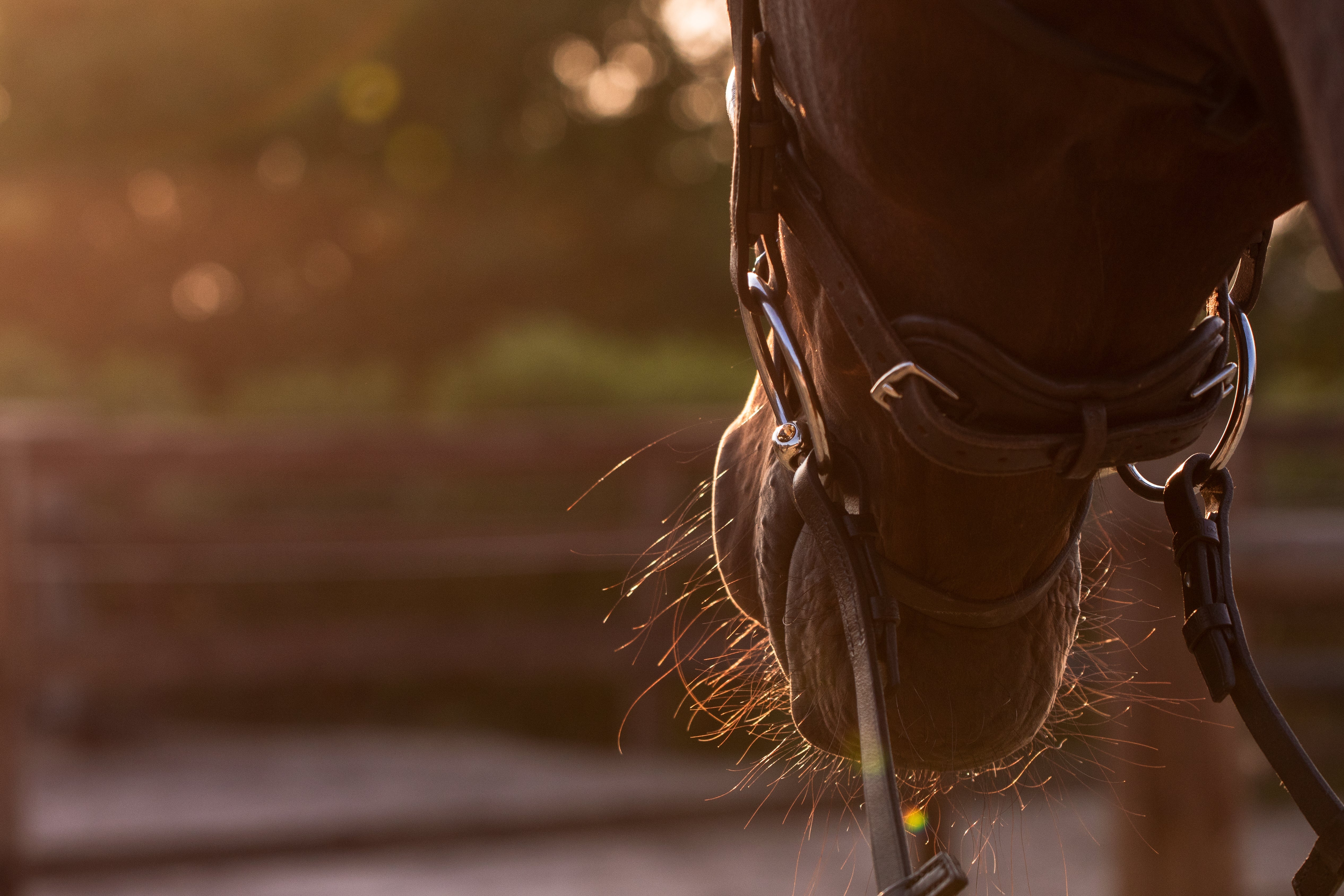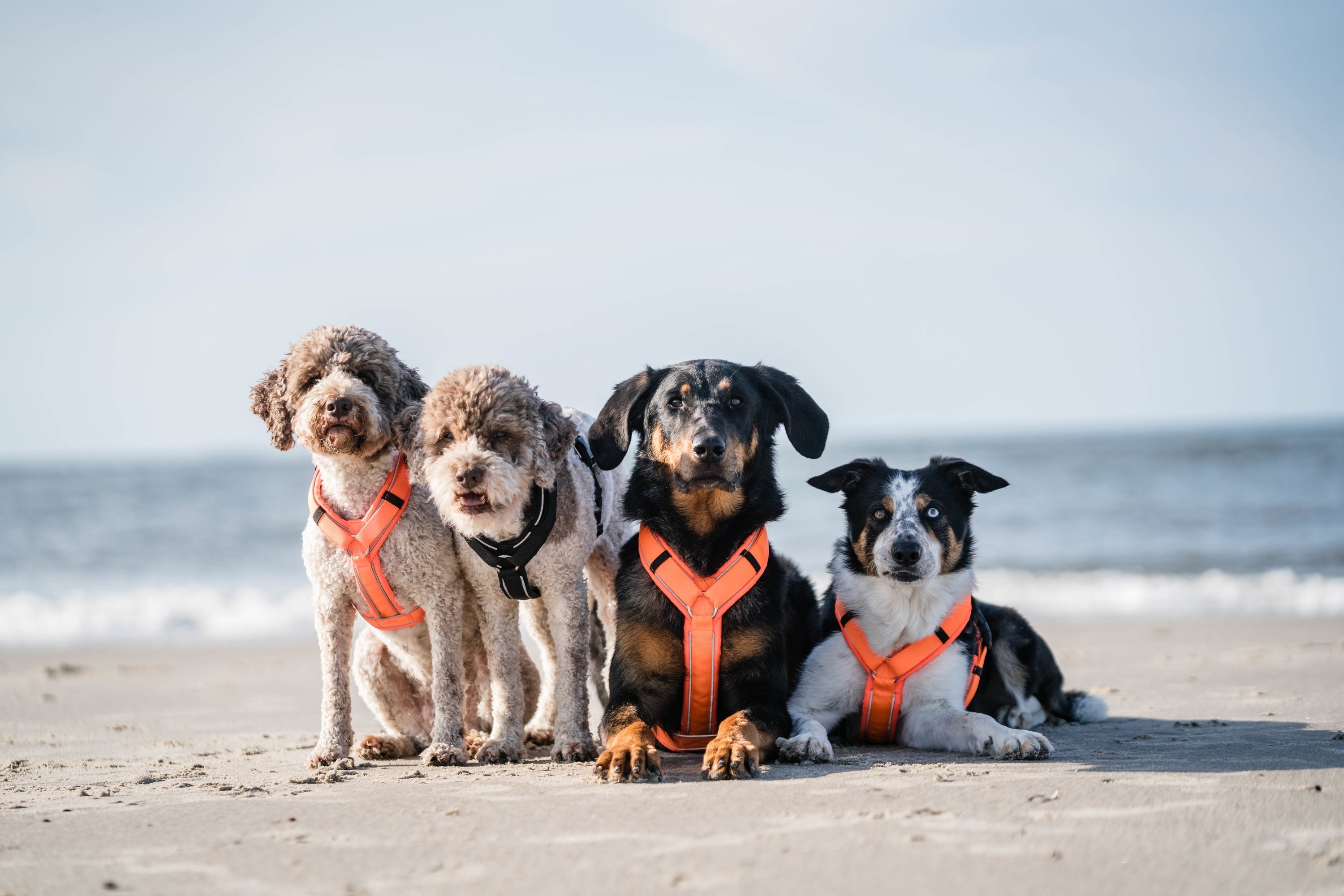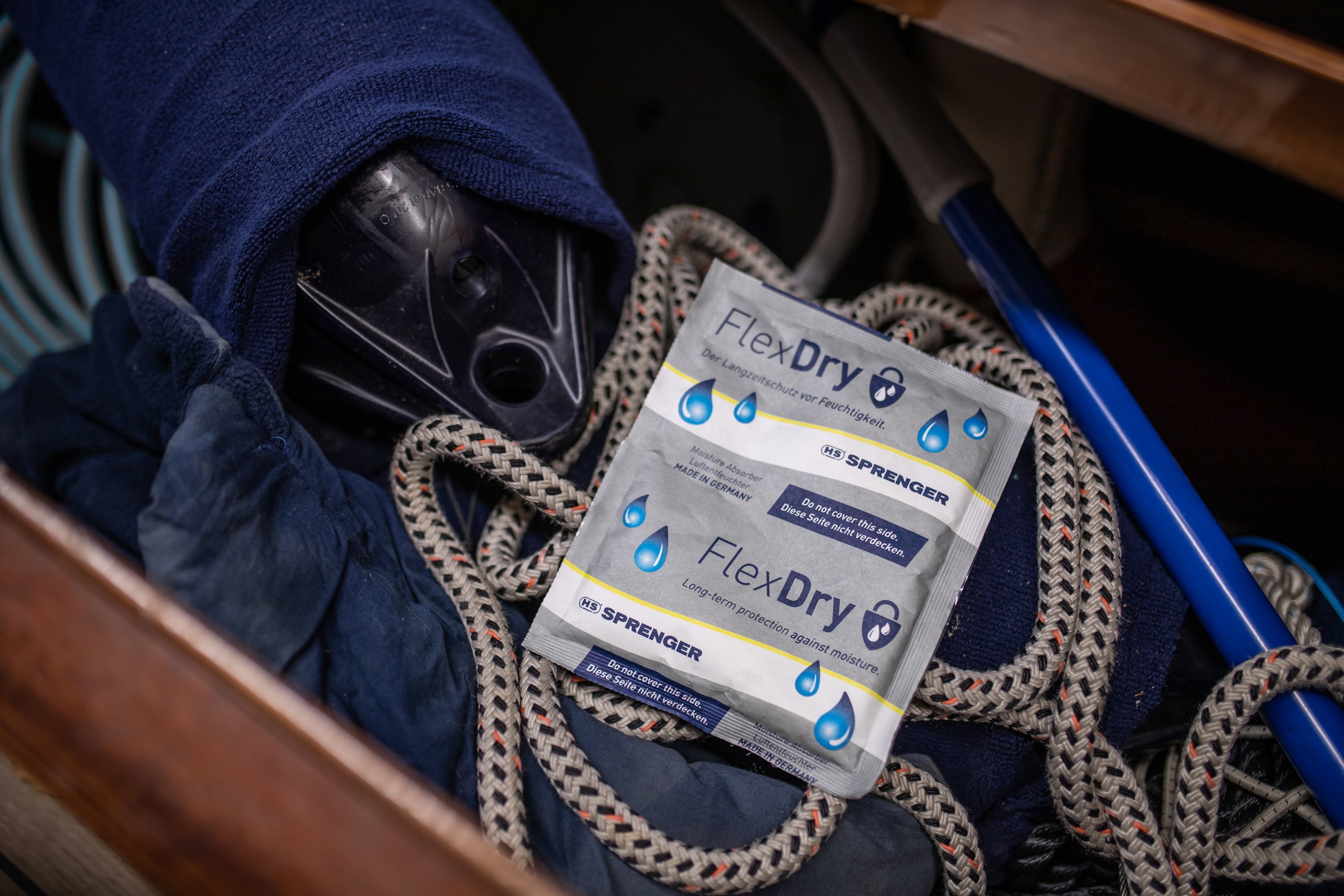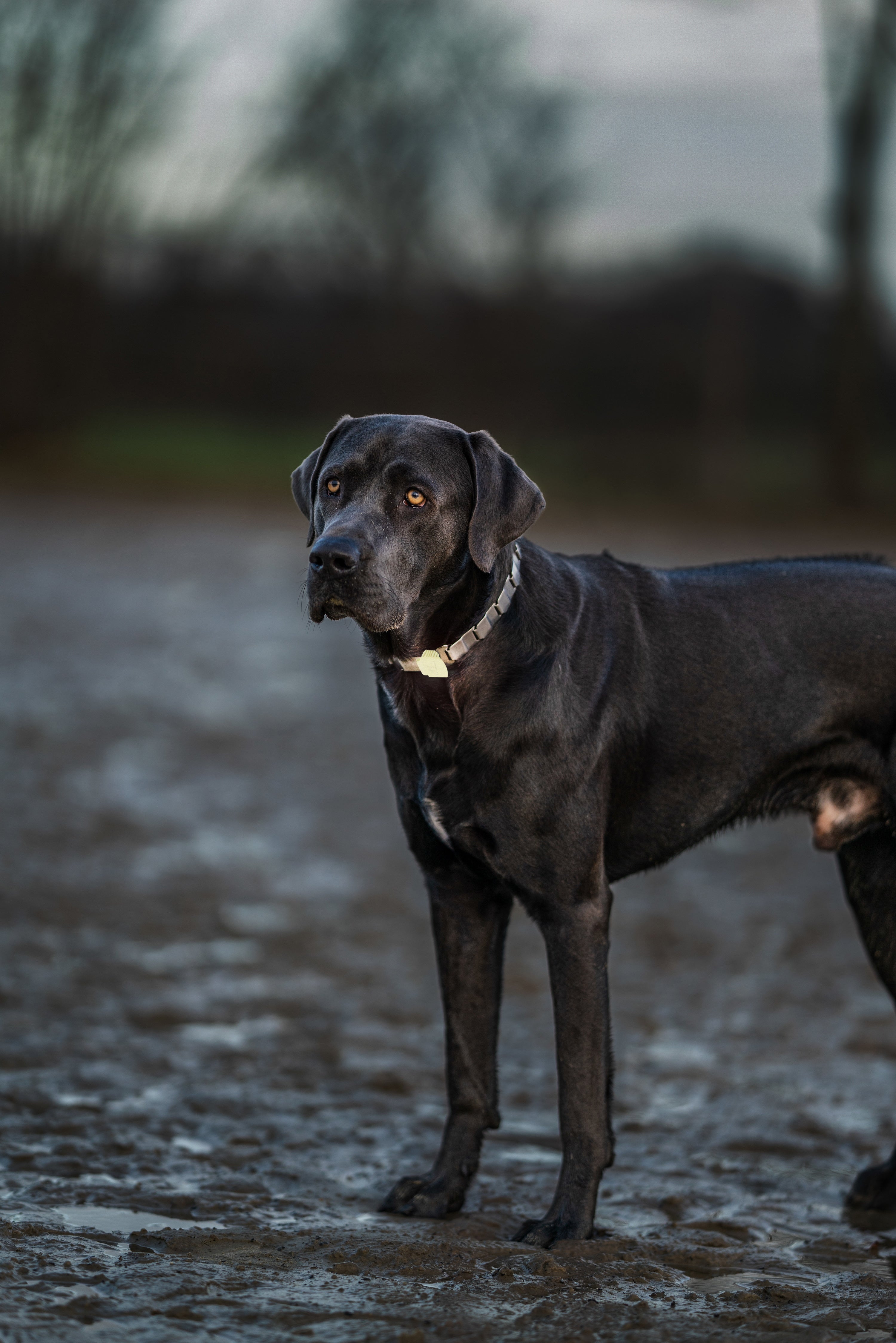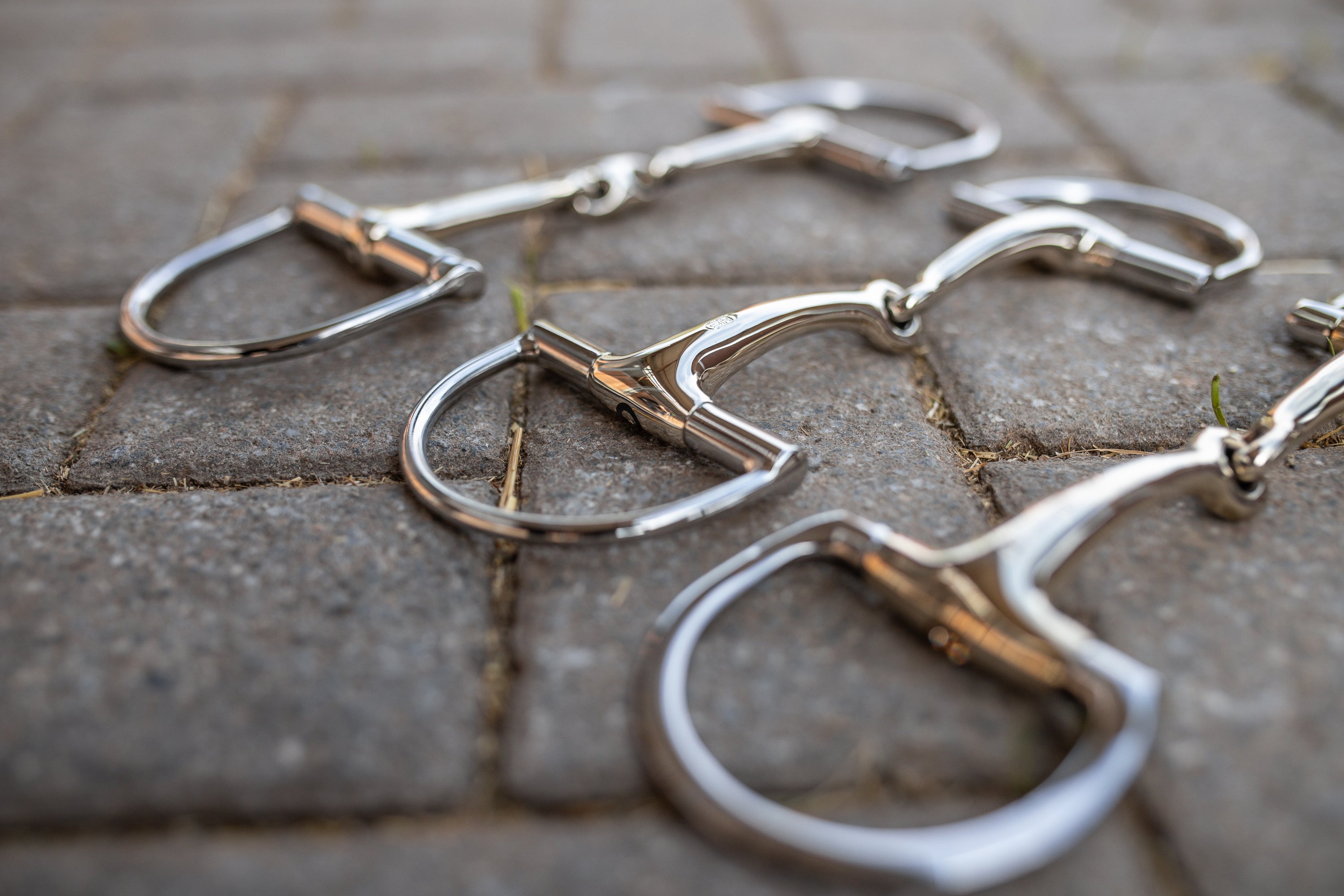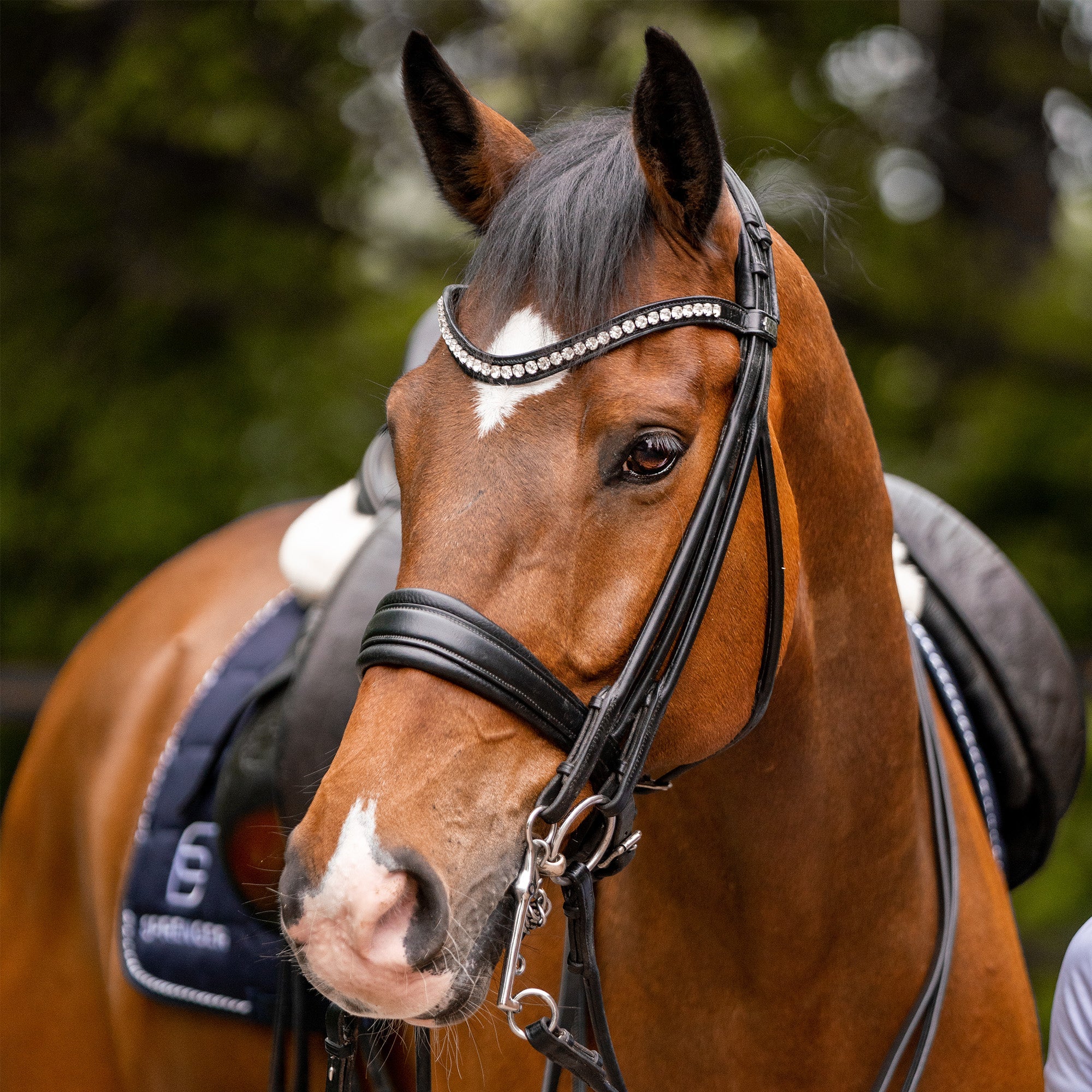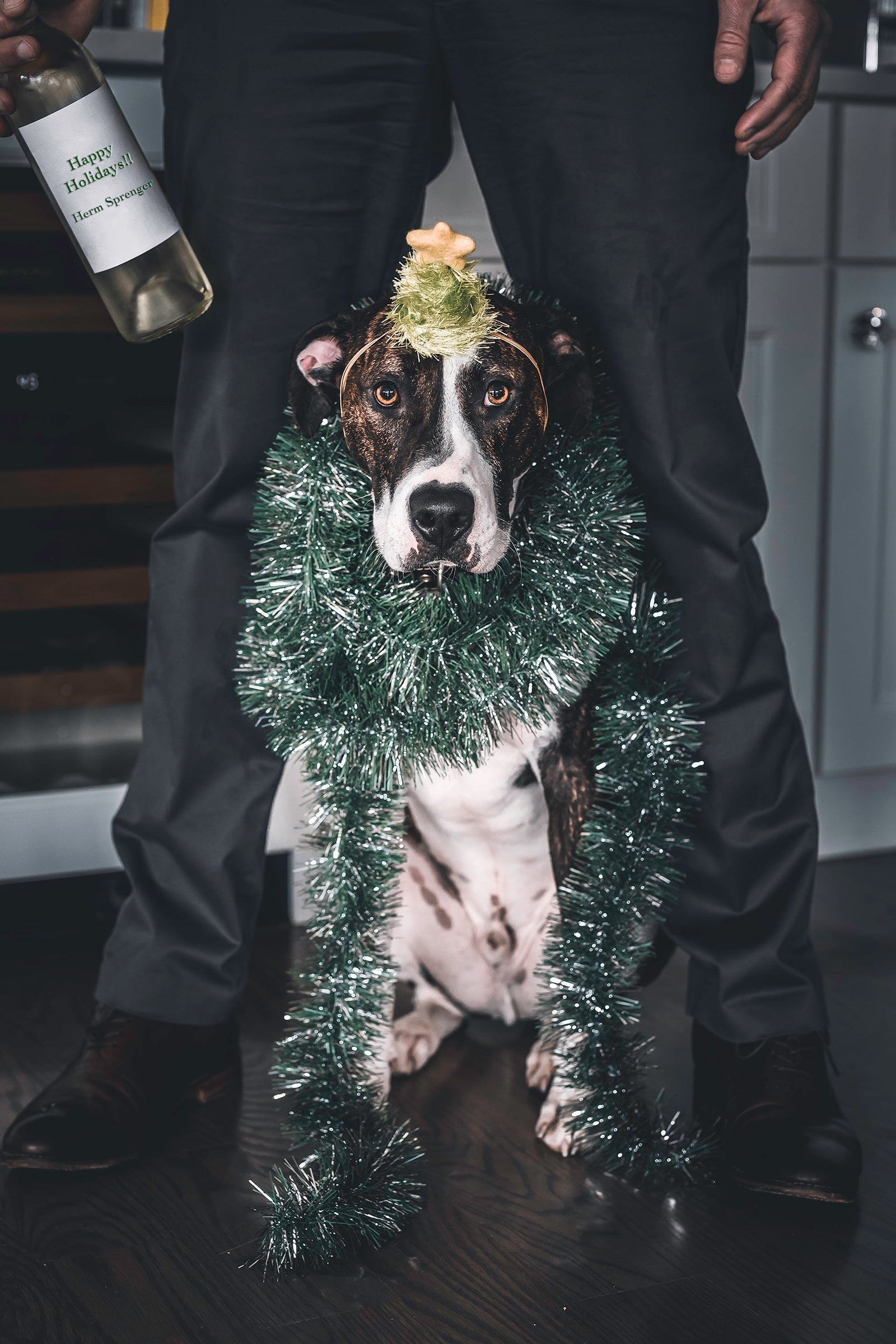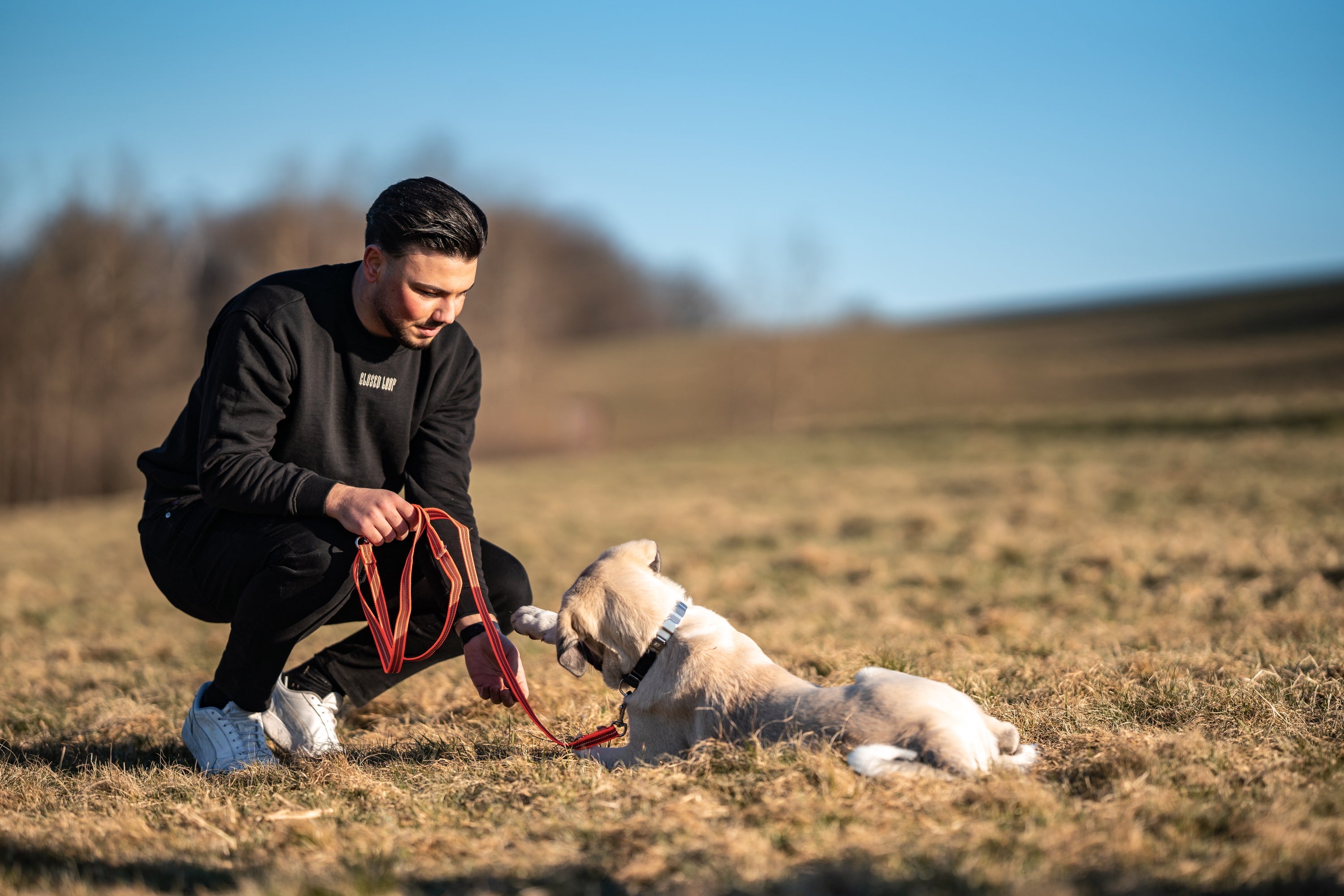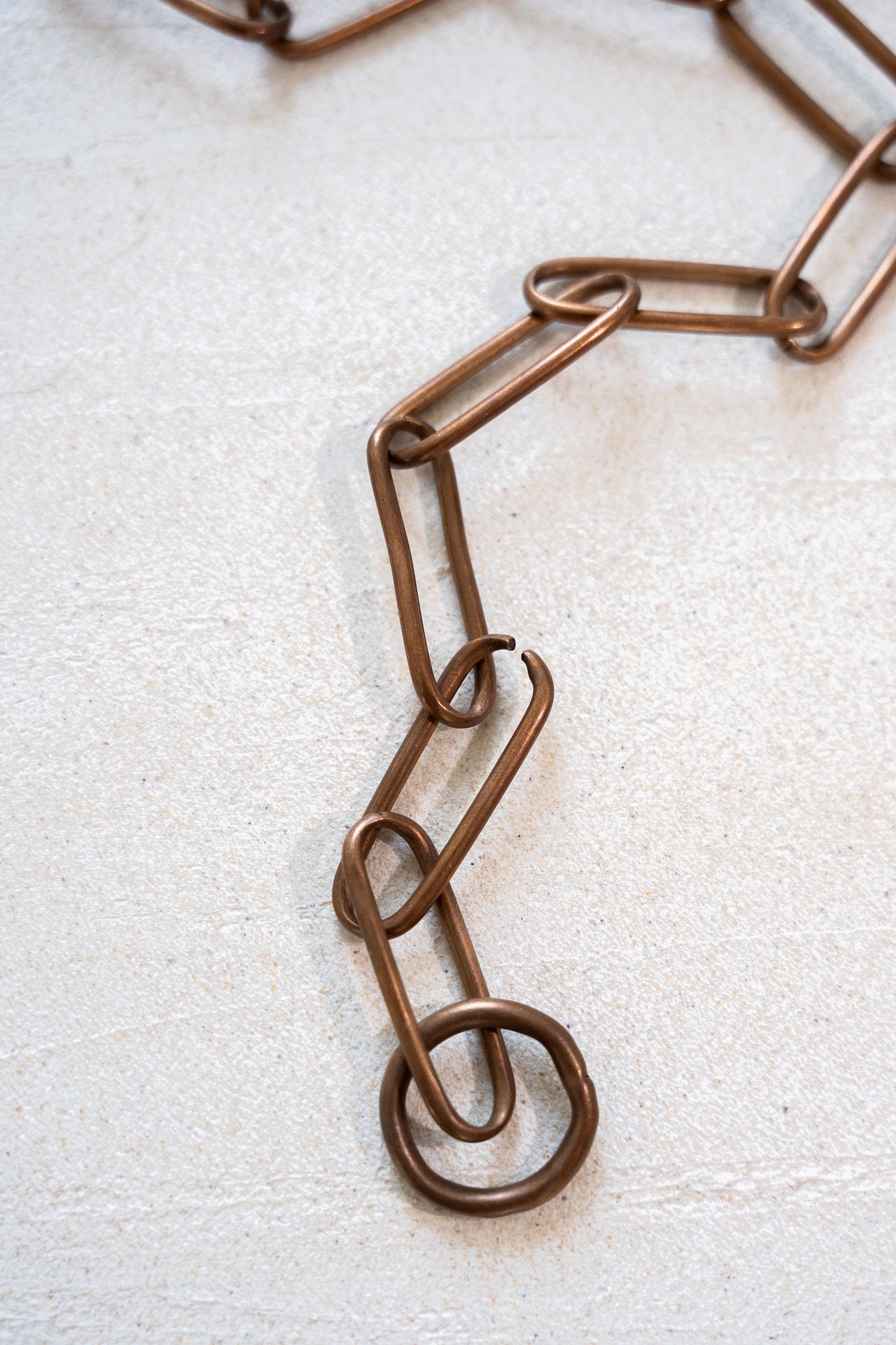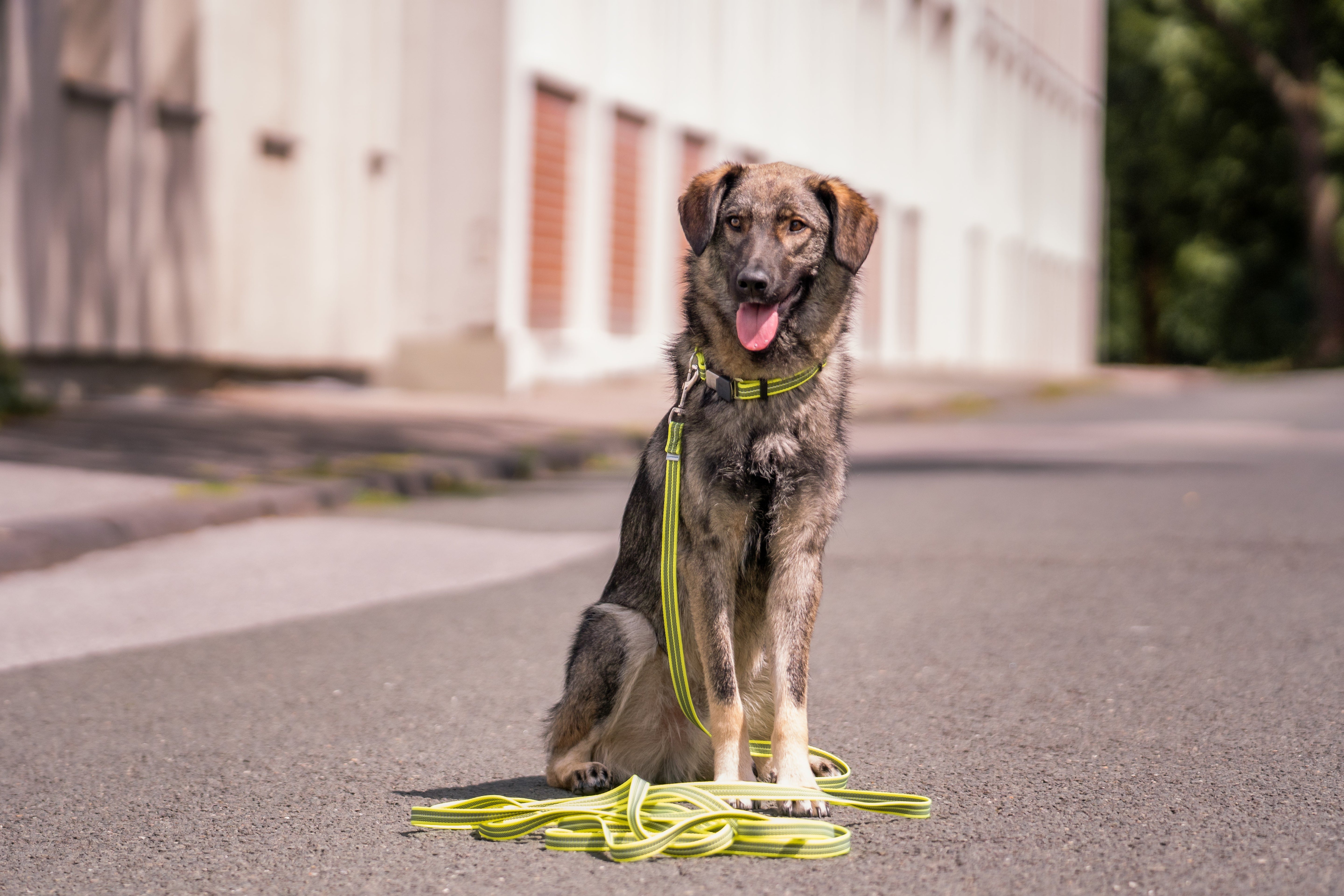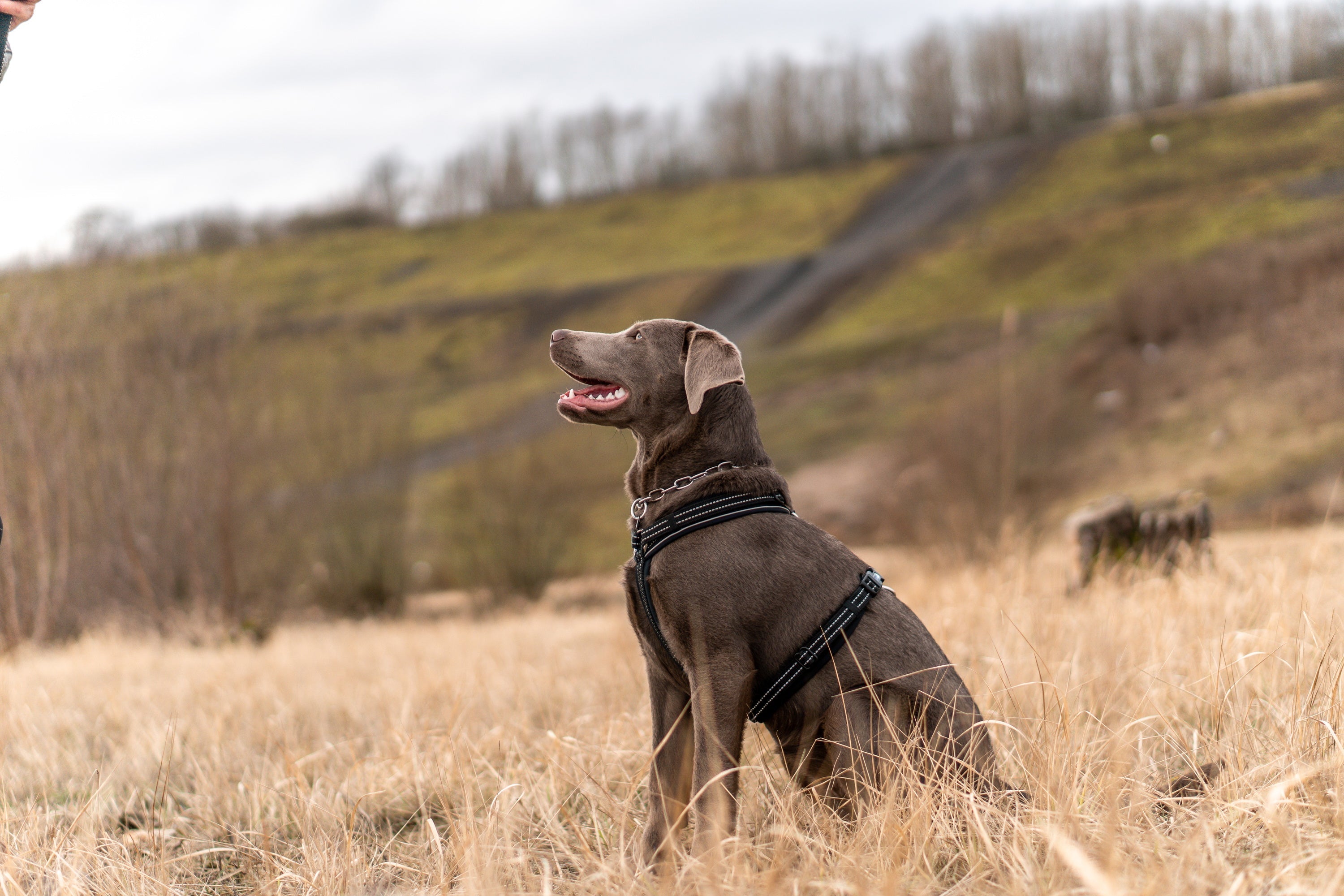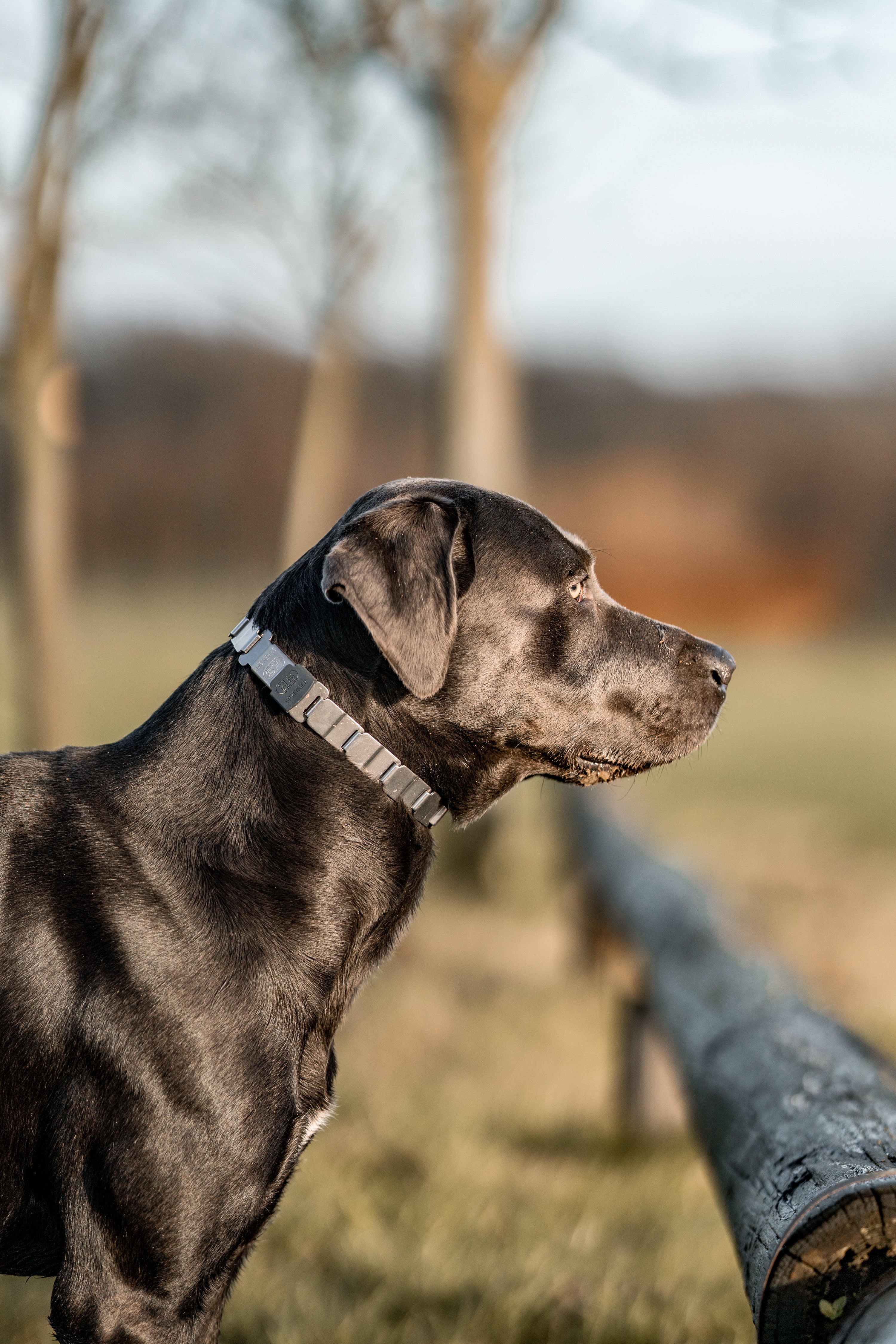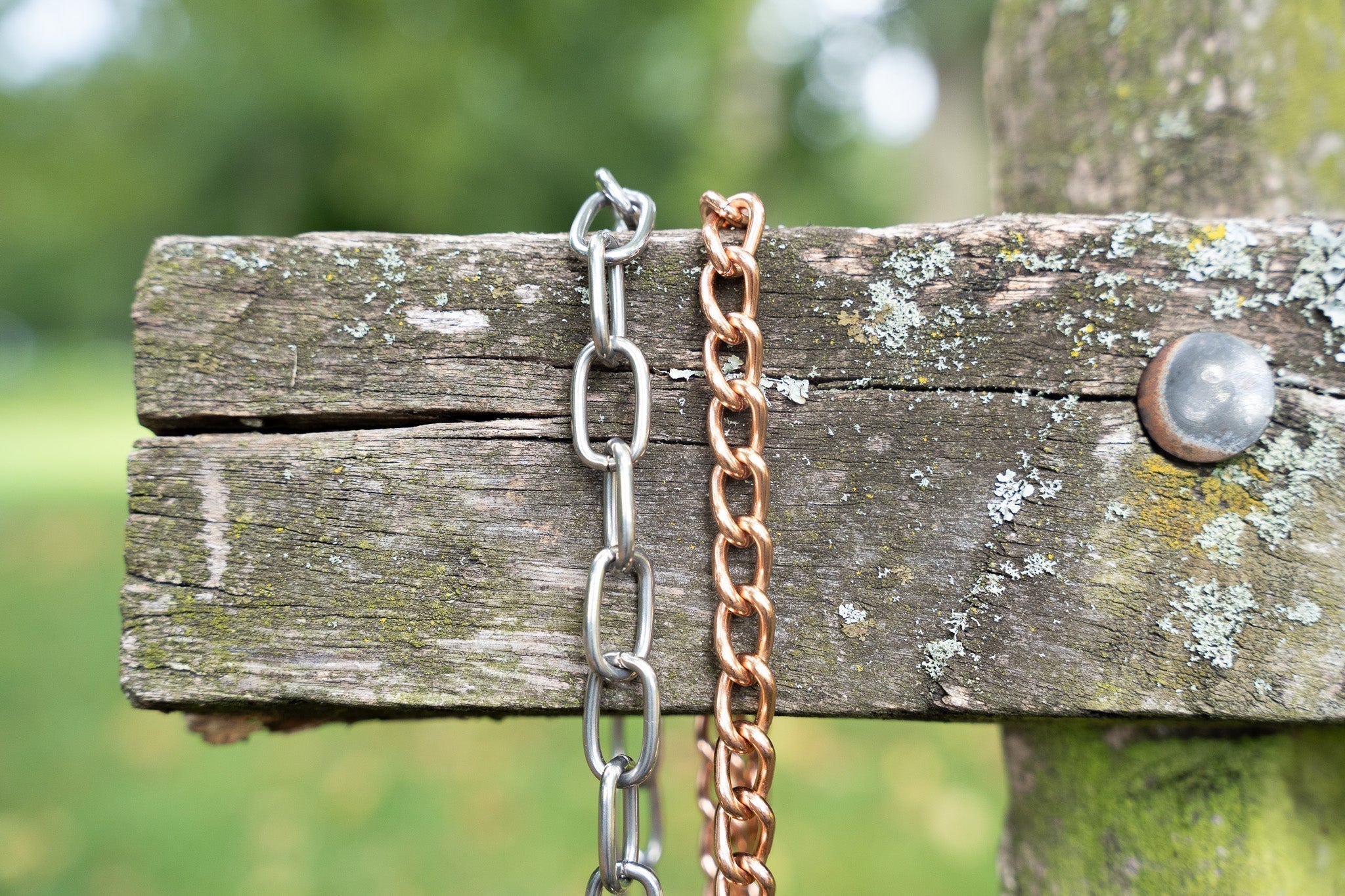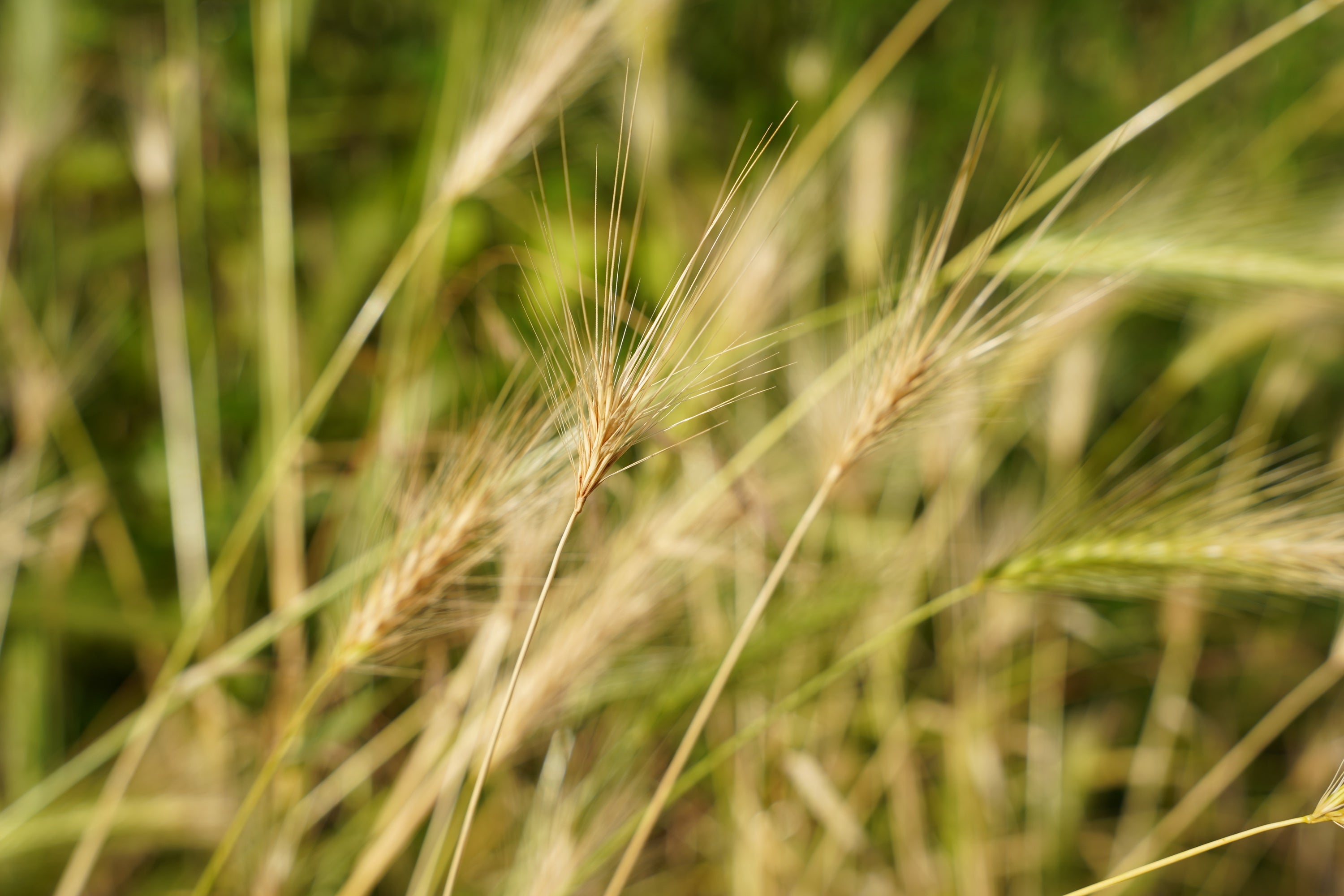
Summertime is awn time! Many dog owners have been warned about these small plant particles by others or via social media. And even if opinions on how often dogs are actually affected vary widely depending on the dog owner, every owner should inform themselves in advance, because awns are a real danger for dogs! Fortunately, the worst can usually be prevented with early detection and intervention.
In this blog post, you can find out exactly what you need to look out for and what you need to know about awning season with your dog!

What are awns?
Awns come from various grasses and grains. The small, bristly plant particles surround the grain and are equipped with a hard tip on one side and rough stalks with small barbs. This structure is important for the plants, as it makes it easier for the seeds to be carried on and finally anchor well in the soil for germination. However, if dogs become involuntary transporters of the awns, this can have serious consequences!
Which grasses have awns?
Awns occur in various wild grasses, but grains also have awns.
Here's what you need to know about the awns of common grains:
- Barley - has very long awns.
- Rye - usually has awns of medium length.
- Wheat - often has very short awns, sometimes none at all!
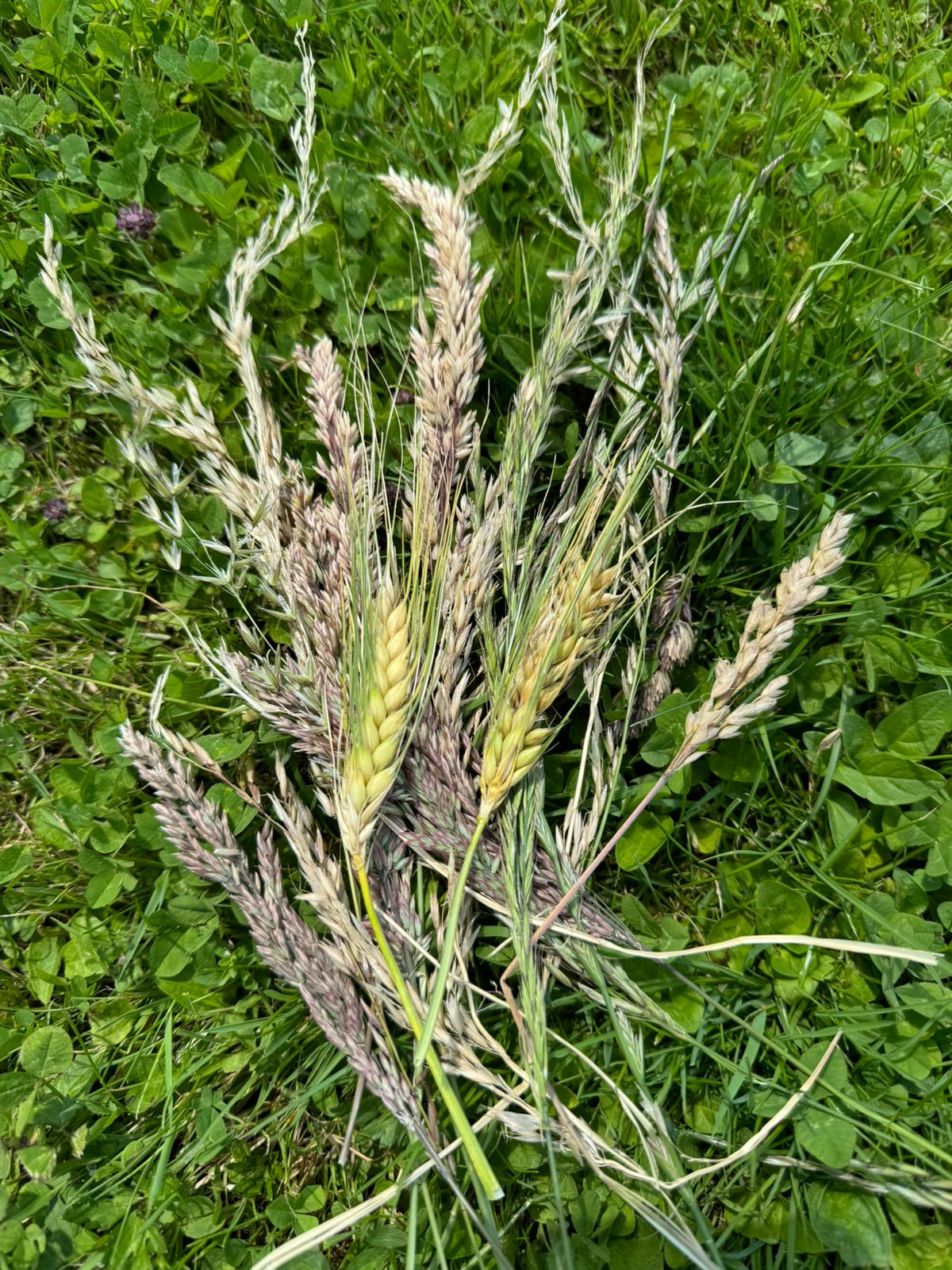
When do awns occur?
Most awn injuries in dogs are caused by grains that ripen in midsummer. This means that in most Central European countries, awning season is between June and August.
Not only is it dangerous to let your dog run through tall grass or across fields during these months, but the awns can come loose from the stalks during harvest and land on footpaths or hiking trails, where dogs can step in them or pick them up!
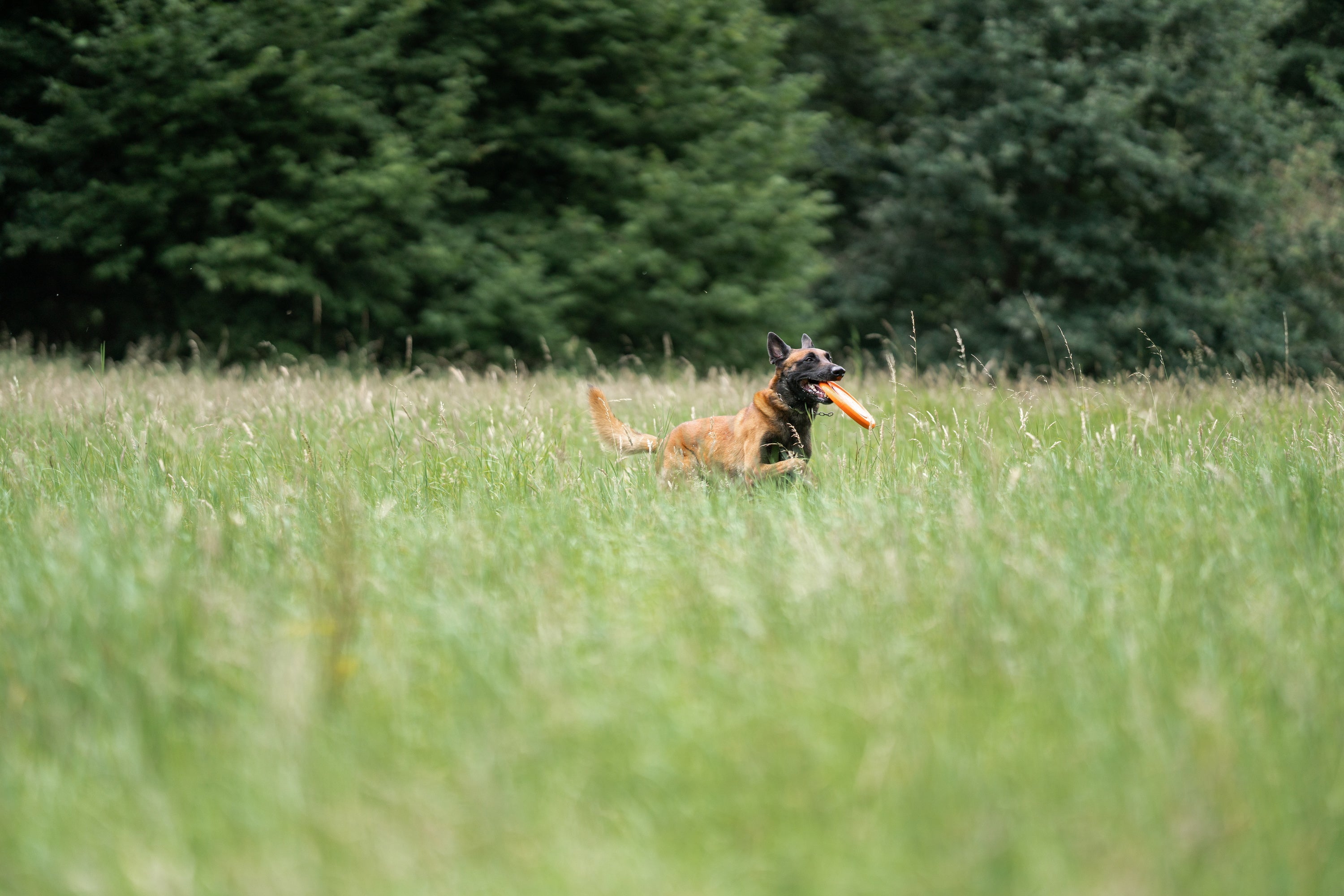
How dangerous are awns for dogs?
If awns are not discovered and removed early, awns can become very dangerous for dogs.
Due to the structure of the plant particles with the barbs, the awns not only get stuck in the fur, but also cannot be removed by the dog itself by shaking. Instead, the awns only move in one direction - towards the dog. If they hit the skin, they can pierce the dog's skin with their hard, sharp tip and move further inwards, causing a lot of damage!
Common consequences of burrs are infections, inflammations and abscesses. They can also penetrate the dog's body as small foreign bodies through orifices such as the nose, mouth or ears. Here they are particularly difficult to remove due to their barbs and can lead to internal injuries in the dog.
Are awns dangerous for humans?
Awns can also be dangerous for humans!
As with dogs, they can pierce the skin or enter the body through orifices and cause injuries, inflammation, irritation or allergic reactions. For this reason, you should check yourself and your dog carefully for awns after every walk and consult a doctor or vet if you notice any abnormalities or problems, even after the awns have been removed.
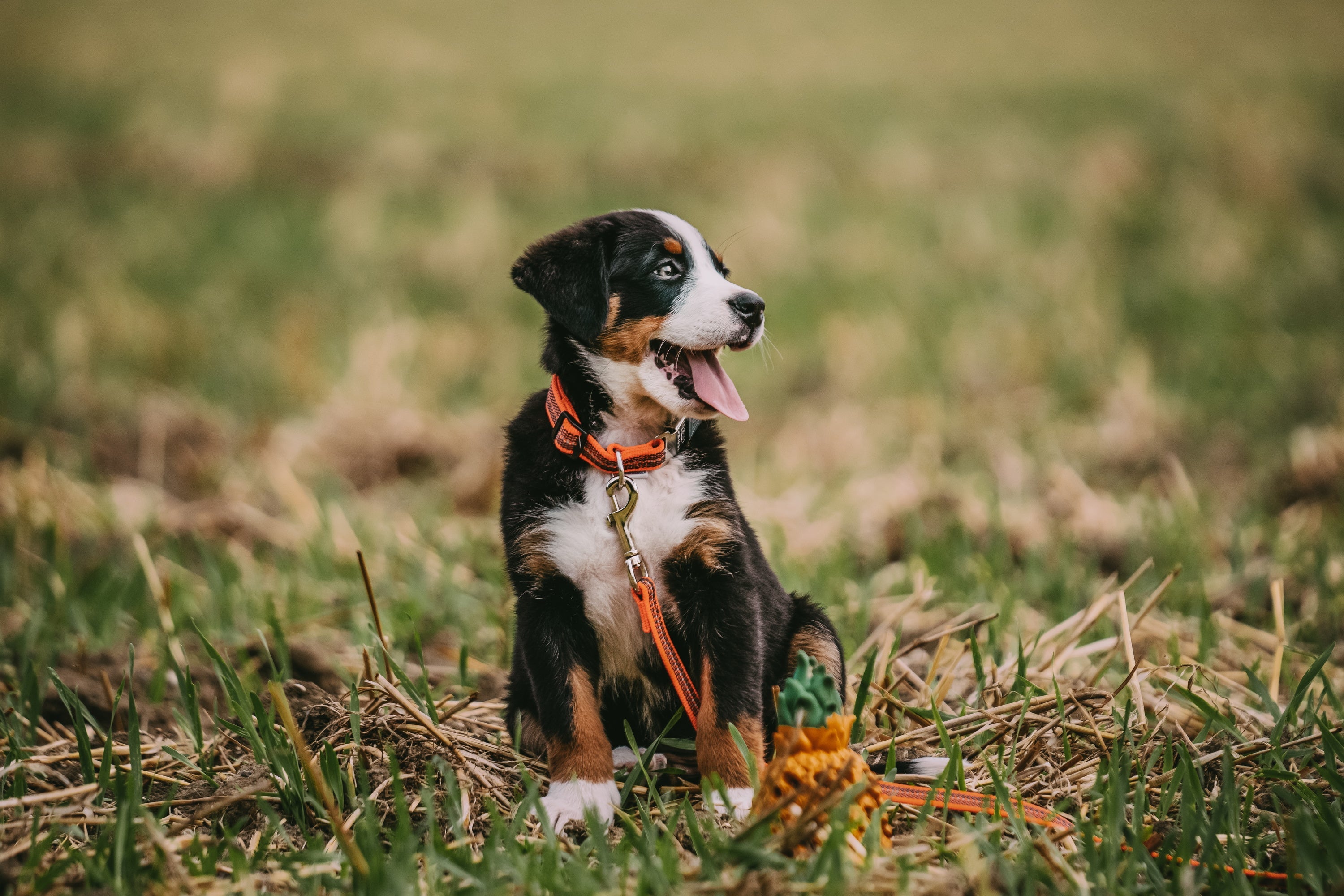
Awns dog symptoms
As awns are perceived by your dog as foreign bodies, it reacts to the intruder with appropriate behavior and physical reactions. The exact nature of these reactions can vary depending on the area of the body affected. The areas of the dog's body most frequently affected by awns include the nose, eyes, ears, armpits, paws/between the toes and genital area.
Awn in the nose dog symptoms
If an awn enters the body through your dog's nose, common symptoms include:
- Severe and frequent sneezing of the dog (like an attack)
- Nasal discharge (usually from the affected nostril)
- Rubbing the head on the ground or shaking the head vigorously
- Snorting, coughing or other atypical breathing symptoms
Awn in the eye dog symptoms
If your dog's eyes are affected by awns, the symptoms are often similar to conjunctivitis in dogs. Rapid treatment is important here to prevent possible blindness. The symptoms include:
- Clenching of the affected eye or frequent blinking
- Swollen or reddened eye
- Prolapsed nictitating membrane
- Watery eyes
- Sensitivity to light
- Excessive rubbing of the eye
Awn in the ear dog symptoms
If an awn has entered your dog's ear, quick help is important, as the awn can otherwise work its way to the eardrum and injure it. Symptoms of awns in the ear include:
- Increased scratching of the ear
- Shaking of the head
- Tilted head
- Discharge from the affected ear
- Unpleasant odor from the ear, redness or other signs of inflammation
Awn in the dog's paw symptoms
If your dog has stepped on an awn and it has burrowed into the paw or the spaces between the toes, the following symptoms may occur:
- Limping of the dog
- Licking and nibbling at the affected paw
- Reddened or swollen areas on the paw
- Painful reactions when examining the paw
- In advanced stages, holes from the penetration of the burr or purulent discharge
Awns in the armpit or genital area dog symptoms
If awns are ingrown in other places, are stuck or are in the process of penetrating, these are often places where they have migrated due to the dog's movement and can no longer go any further. These include, for example, the armpits and genital area. Typical symptoms here are:
- Scratching, nibbling and licking the affected body region
- Frequent shaking
- Sensitivity to pain when palpating the affected areas
- Lumps or abscesses caused by the ingrown awn under the skin
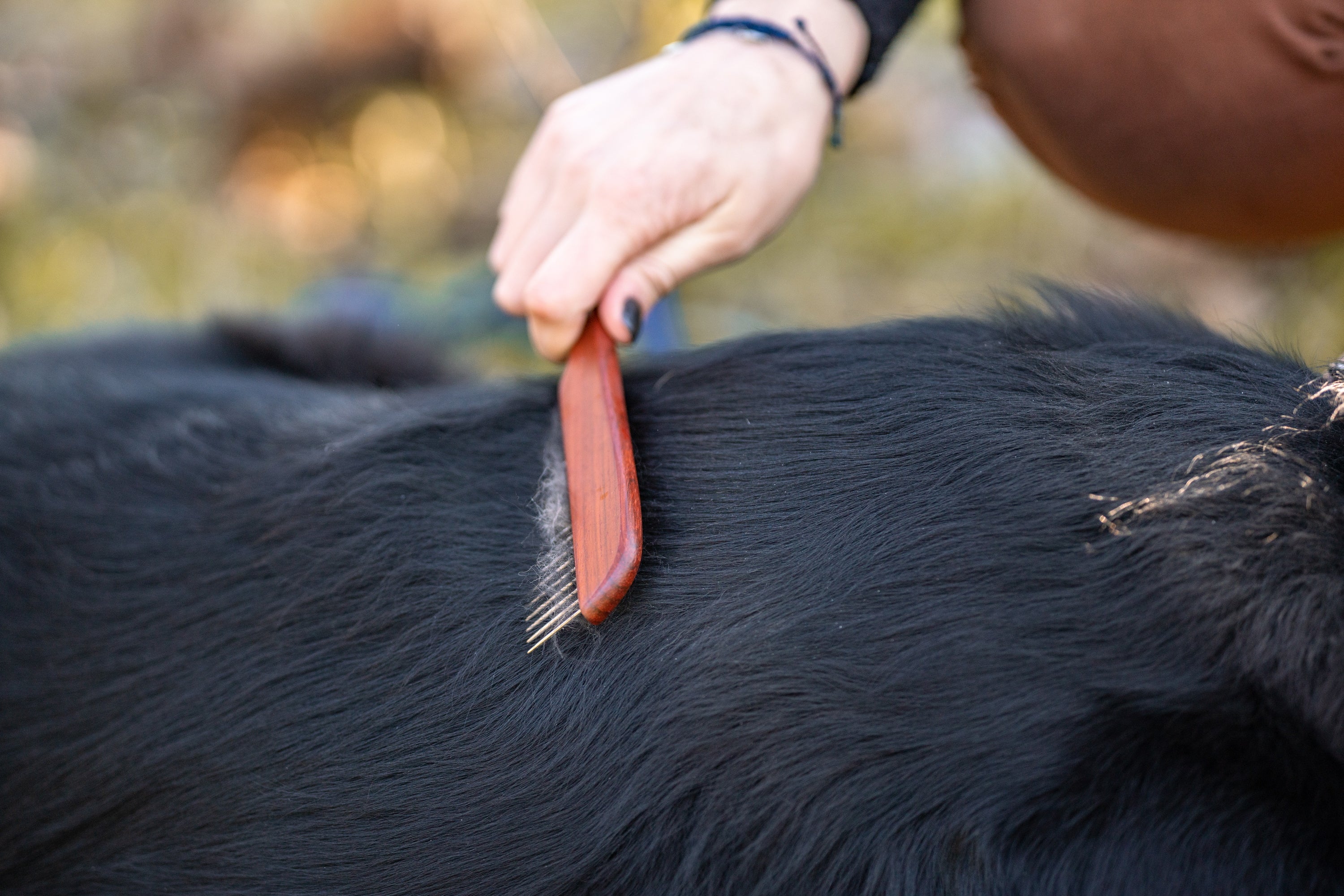
What to do if your dog has an awn?
Basically, once an awn has burrowed into your dog's skin, it will not fall out on its own and you should not try to remove it yourself. Immediate veterinary examination and treatment are important here, because the longer you wait, the deeper it can penetrate into your dog's body and cause injury or inflammation! Possible treatments for awns in dogs include treatment with traction ointment to bring the awn closer to the surface of the skin, as well as surgical procedures. The exact treatment will be determined by your vet after a thorough examination. You should not try to treat ingrown awns or awns that have penetrated the body yourself beforehand!
If you have discovered the awns in your dog's coat before they have penetrated the skin, you can still take action yourself: Carefully remove them with your hand, tweezers or a comb.
Caution: If you brush your dog with burrs in its coat, you can inadvertently bring them even closer to the skin and increase the risk of injury. We therefore recommend that you first search the dog thoroughly by hand, remove any awns and only then brush it.
What to do in case of an awn in the paw?
The same procedure applies here as for other affected areas of the body: If the awn is superficial in the fur between the paws and has not yet penetrated the dog's skin, you can carefully remove it by hand or with tweezers. If it has already penetrated the skin and tissue of the paw, you should visit a vet as soon as possible!
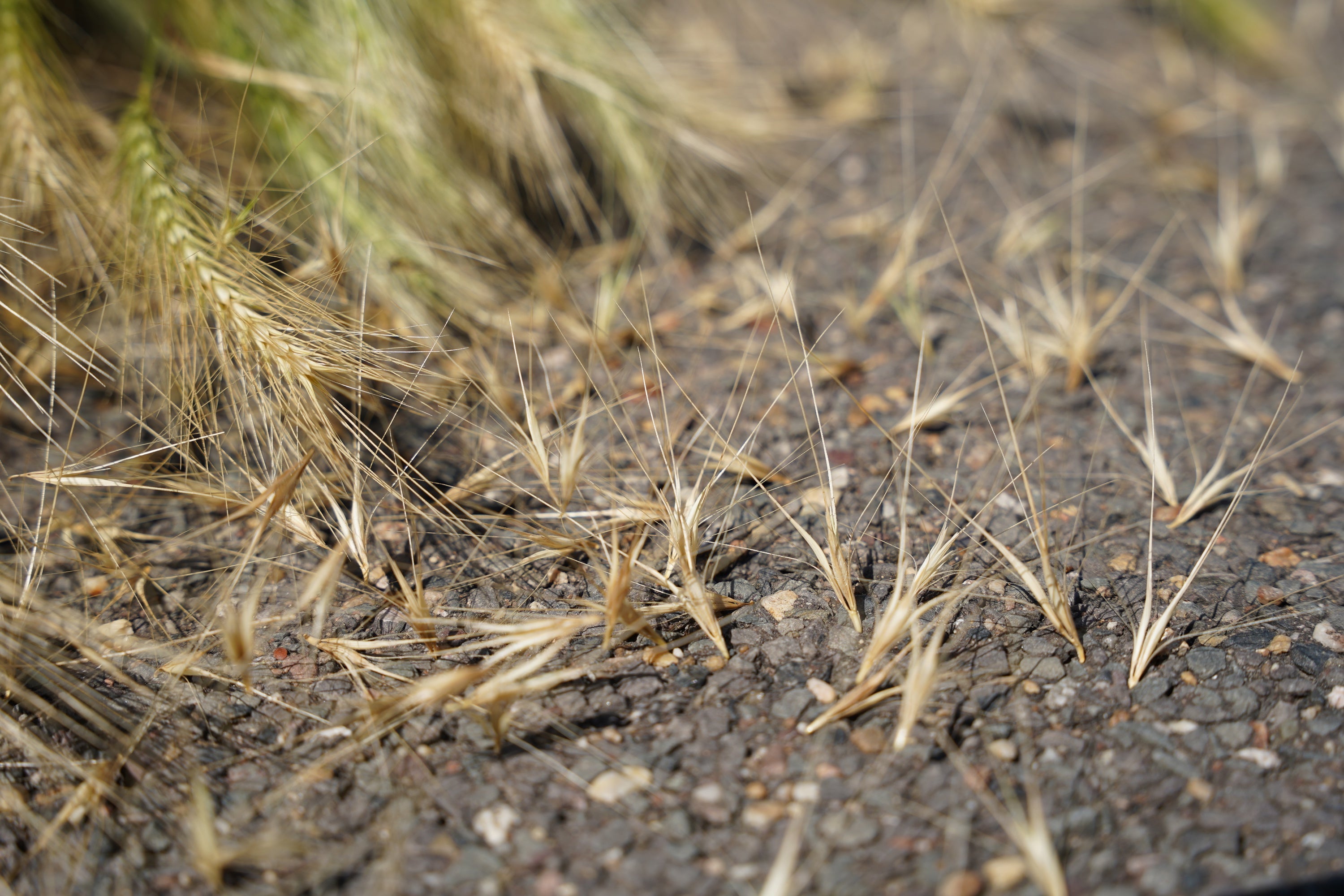
How can I protect my dog from awns?
The best way to prevent awns in dogs is to be proactive!
During awn season, make sure you don't let your dog run through tall grasses and also keep an eye on the ground when walking along the edge of fields so that your dog doesn't step into loose awns on the path. If fields and meadows with lots of awns are unavoidable on walks, the use of dog shoes can also be helpful to protect the paws from awns.
If your dog has unintentionally jumped through tall grass, you should check your dog's coat and body carefully, especially now - but preferably after every walk - to remove awns from the coat and other parts of the body at an early stage before they can cause any damage!


